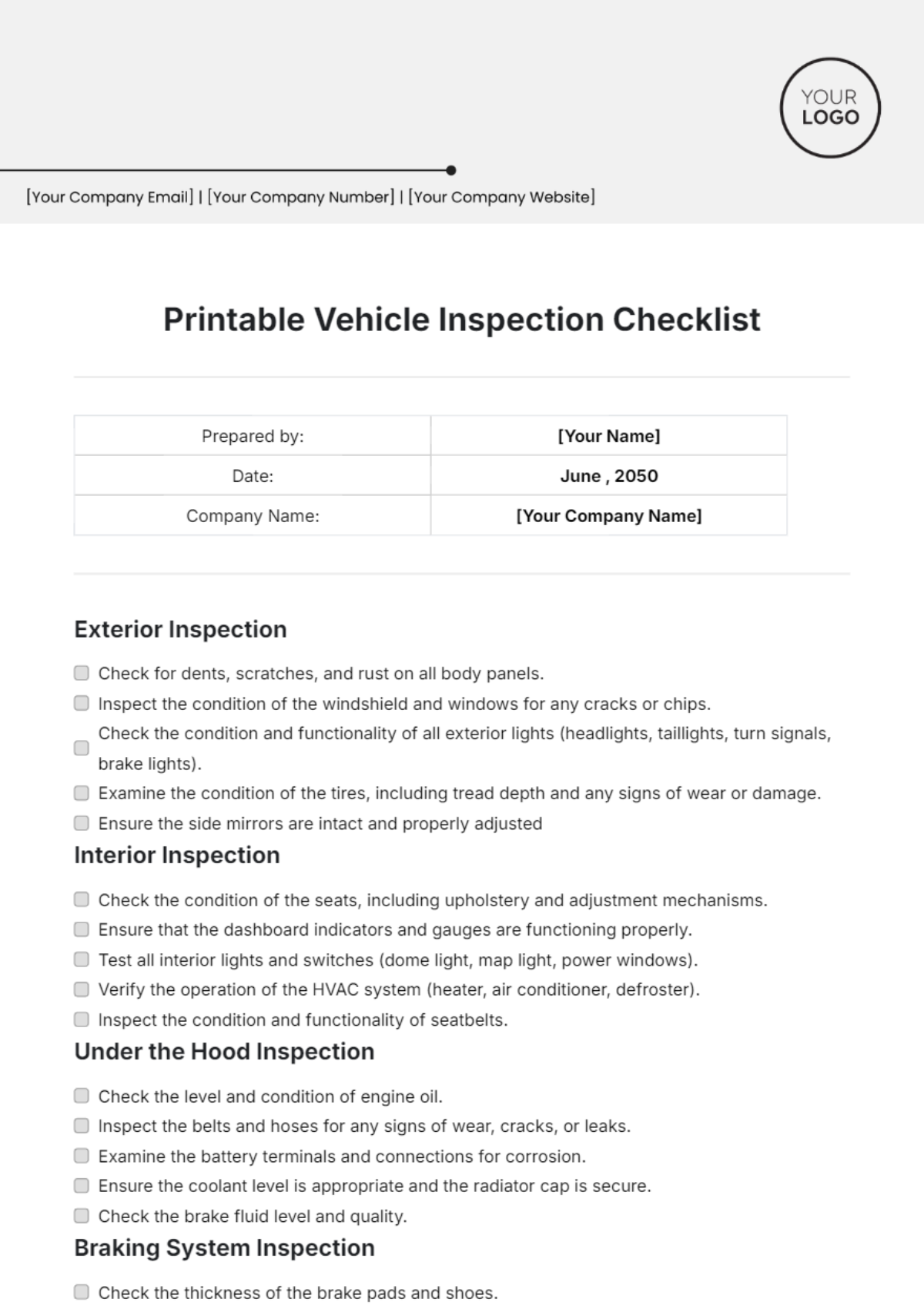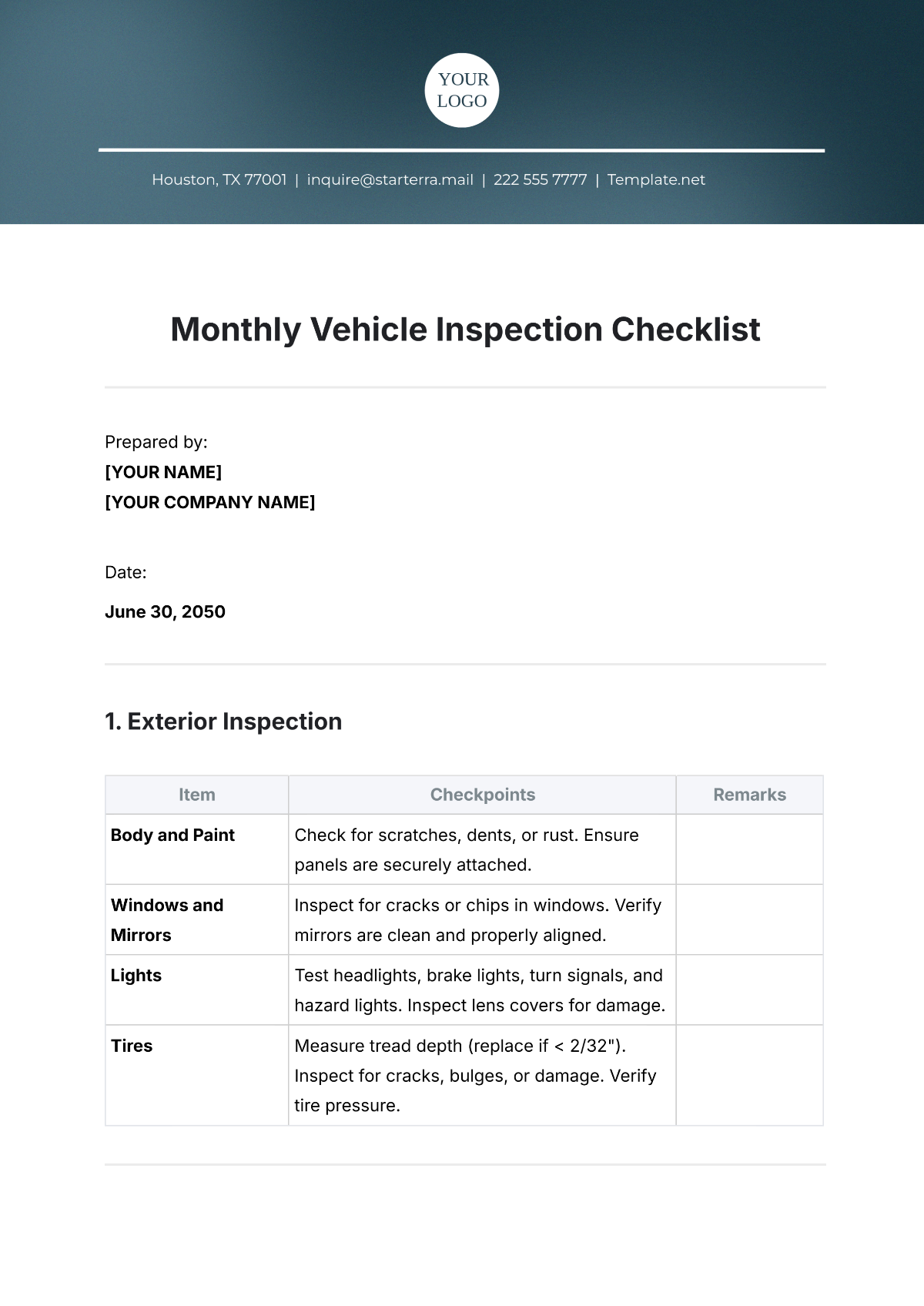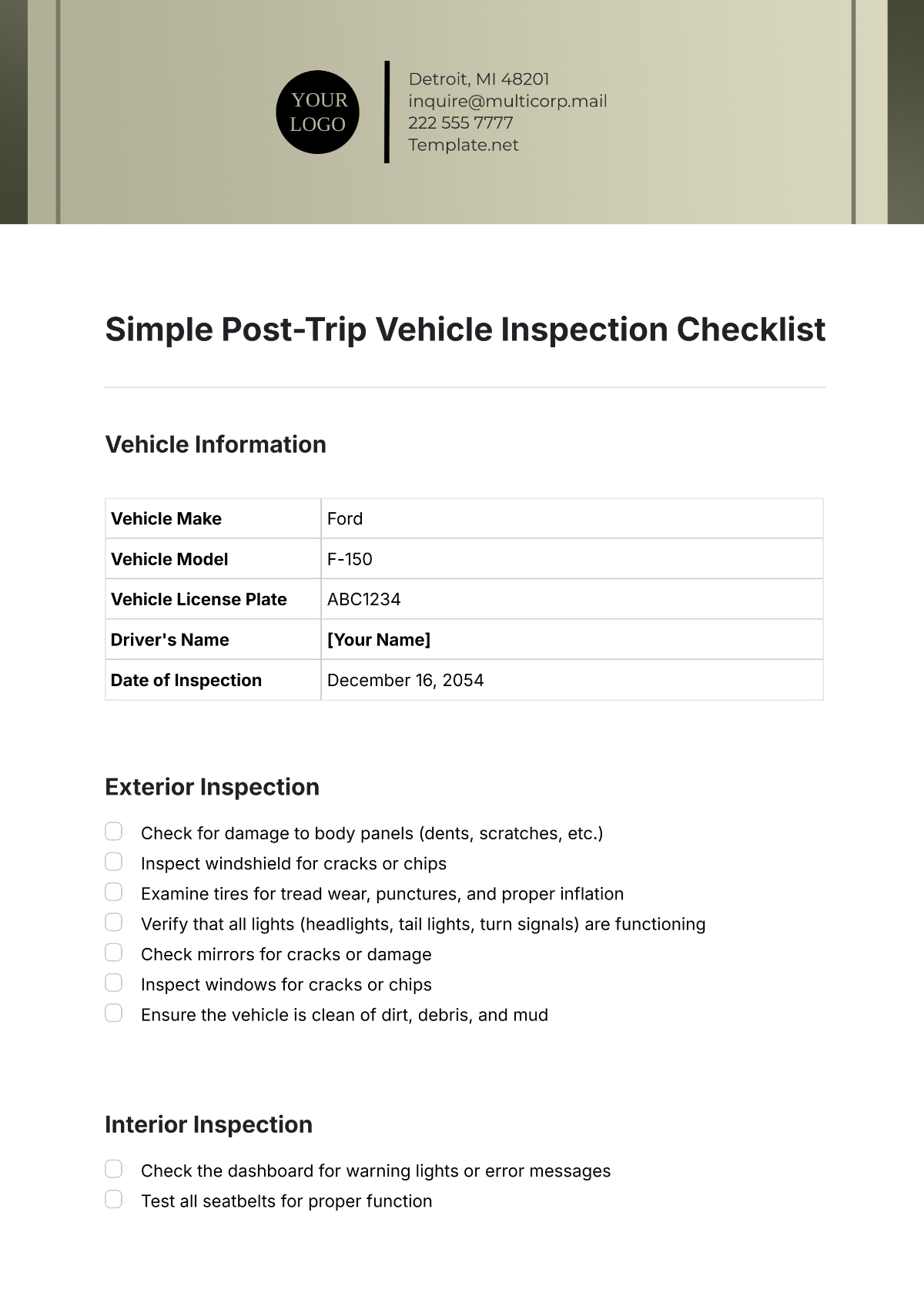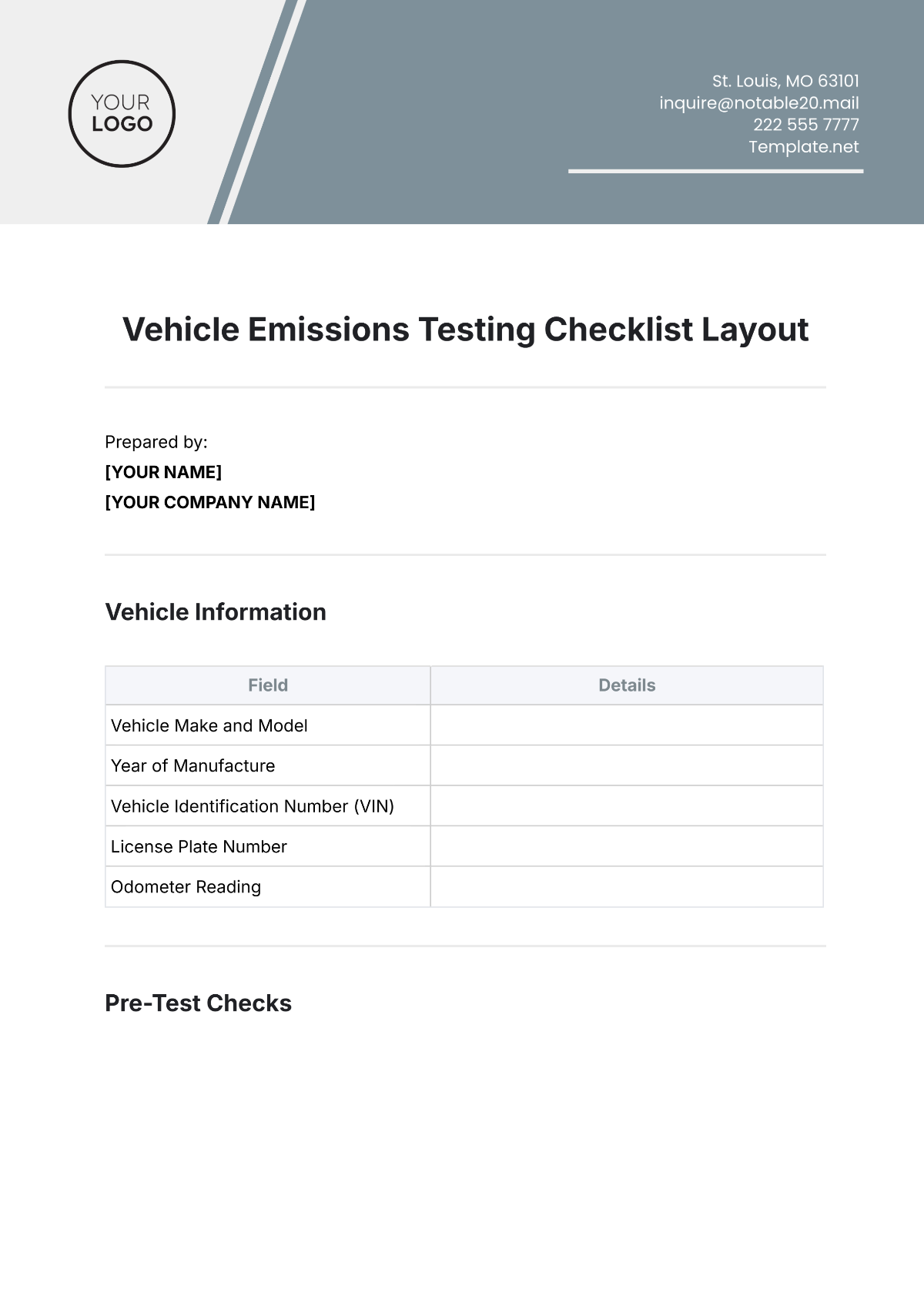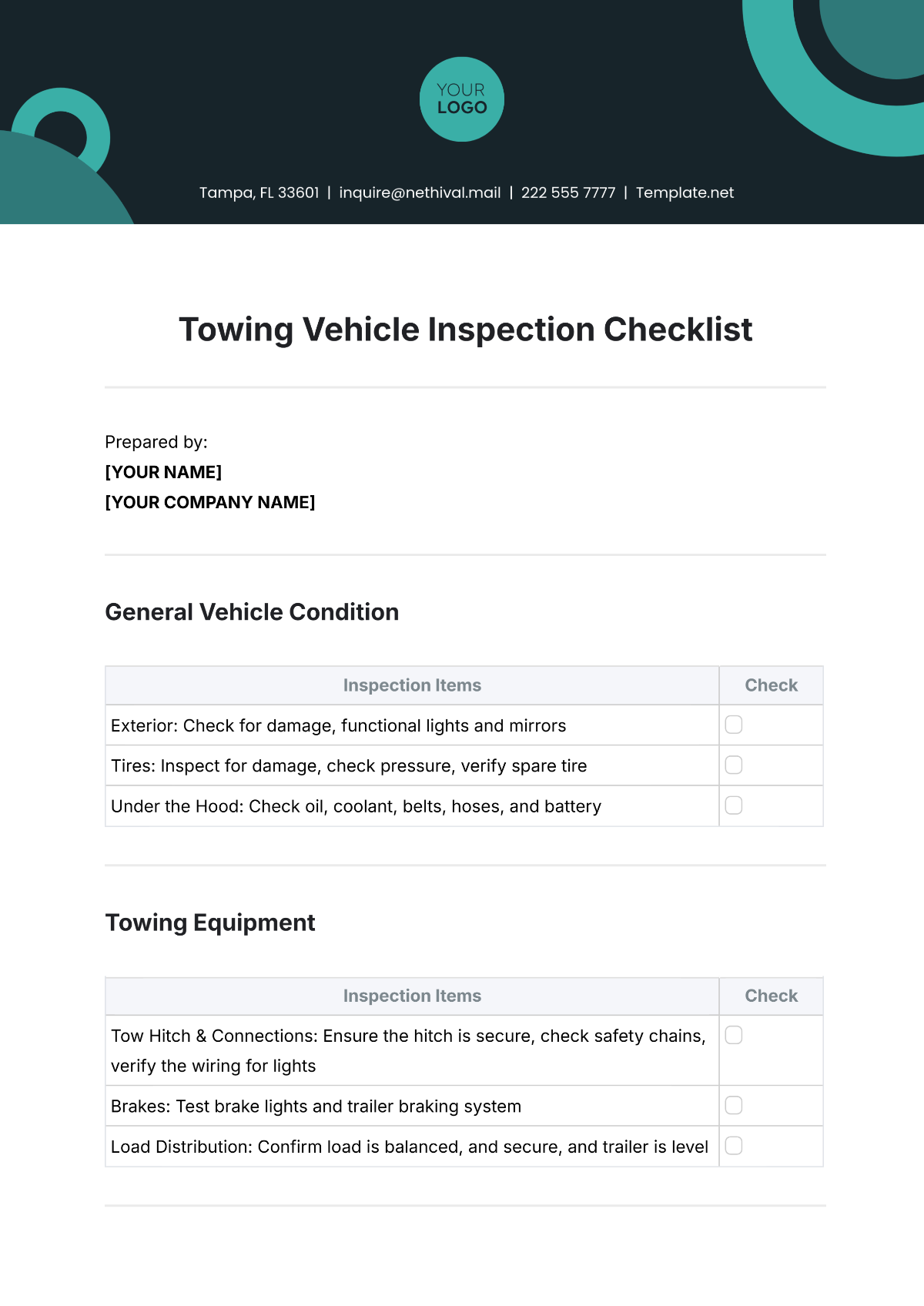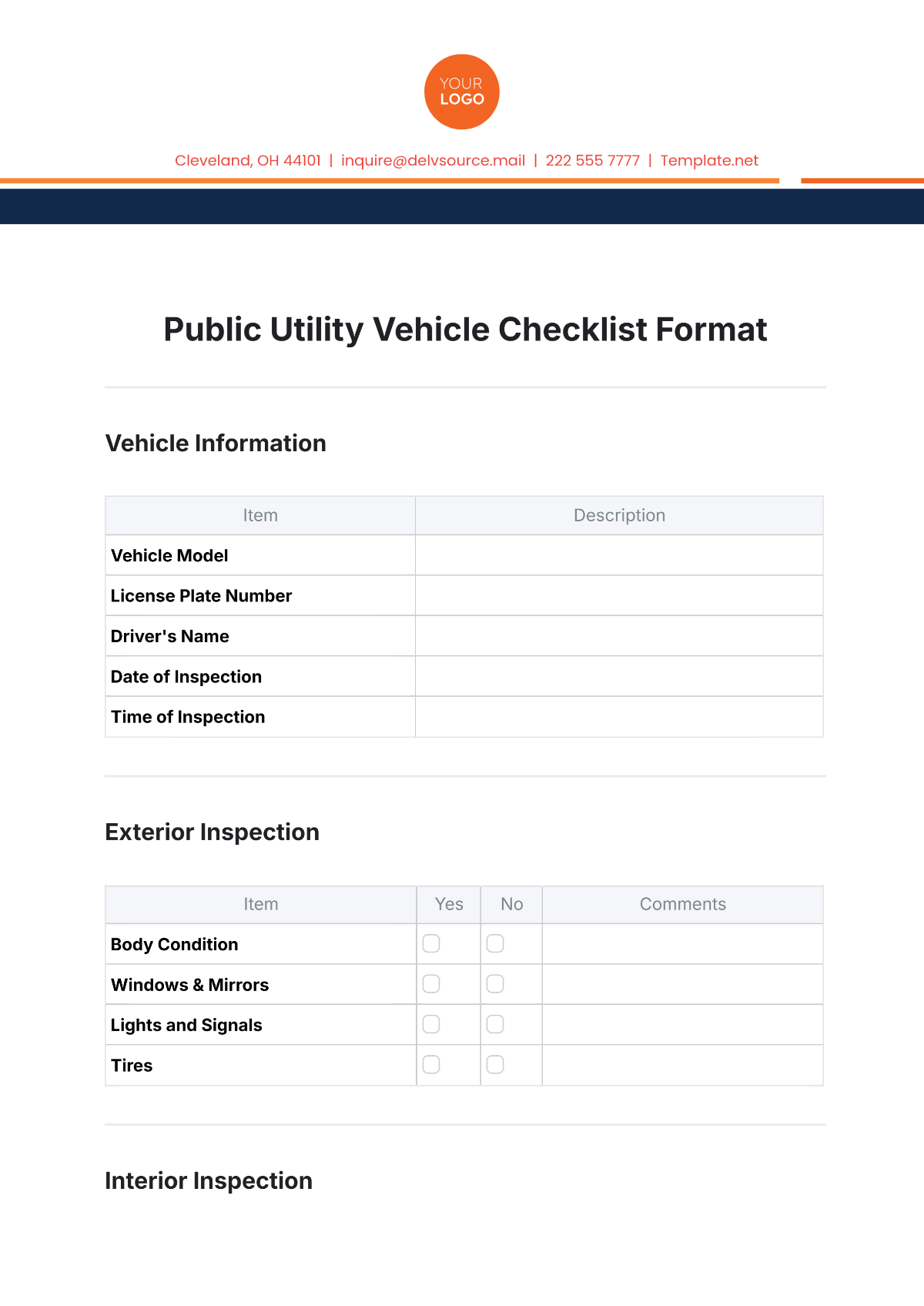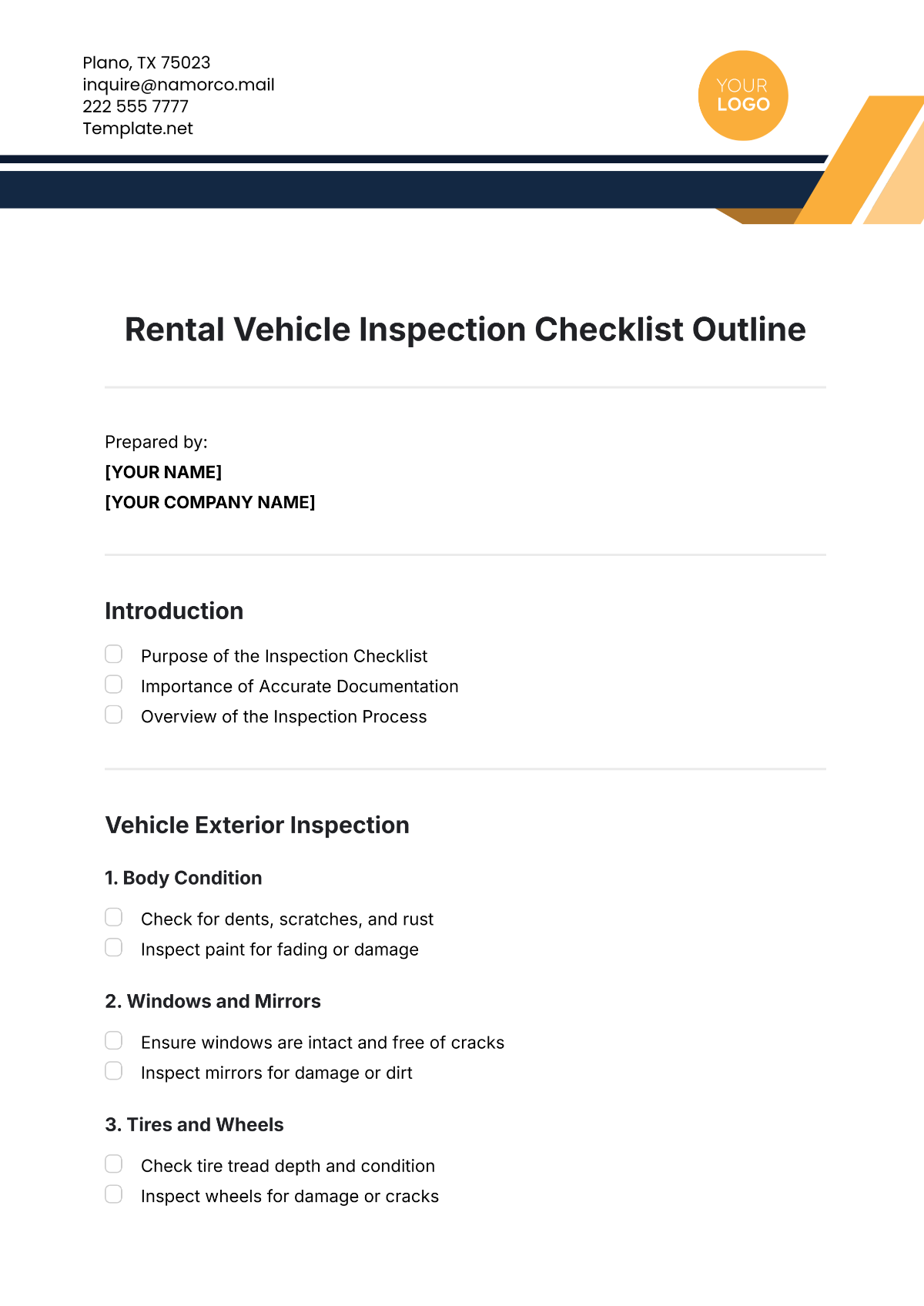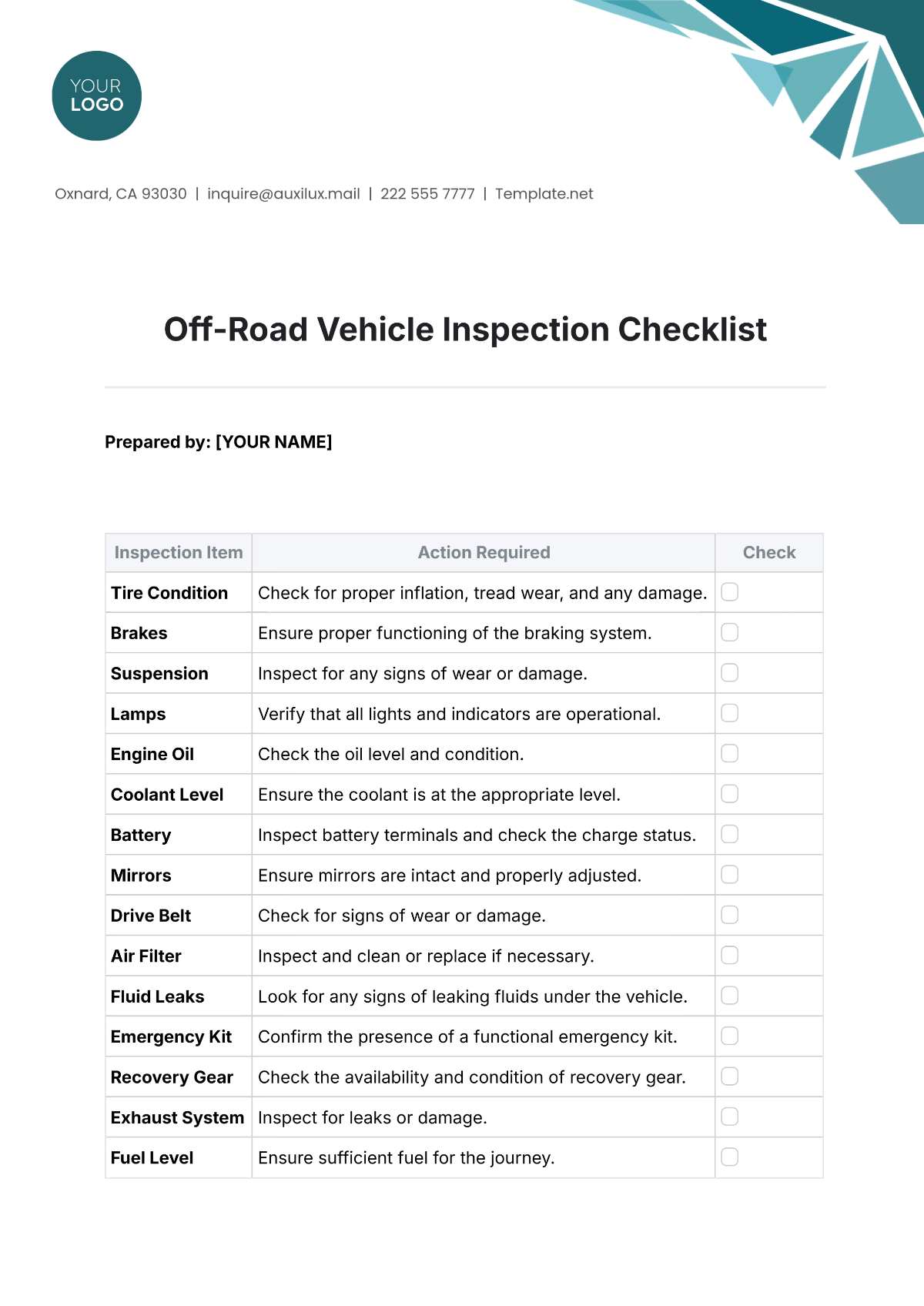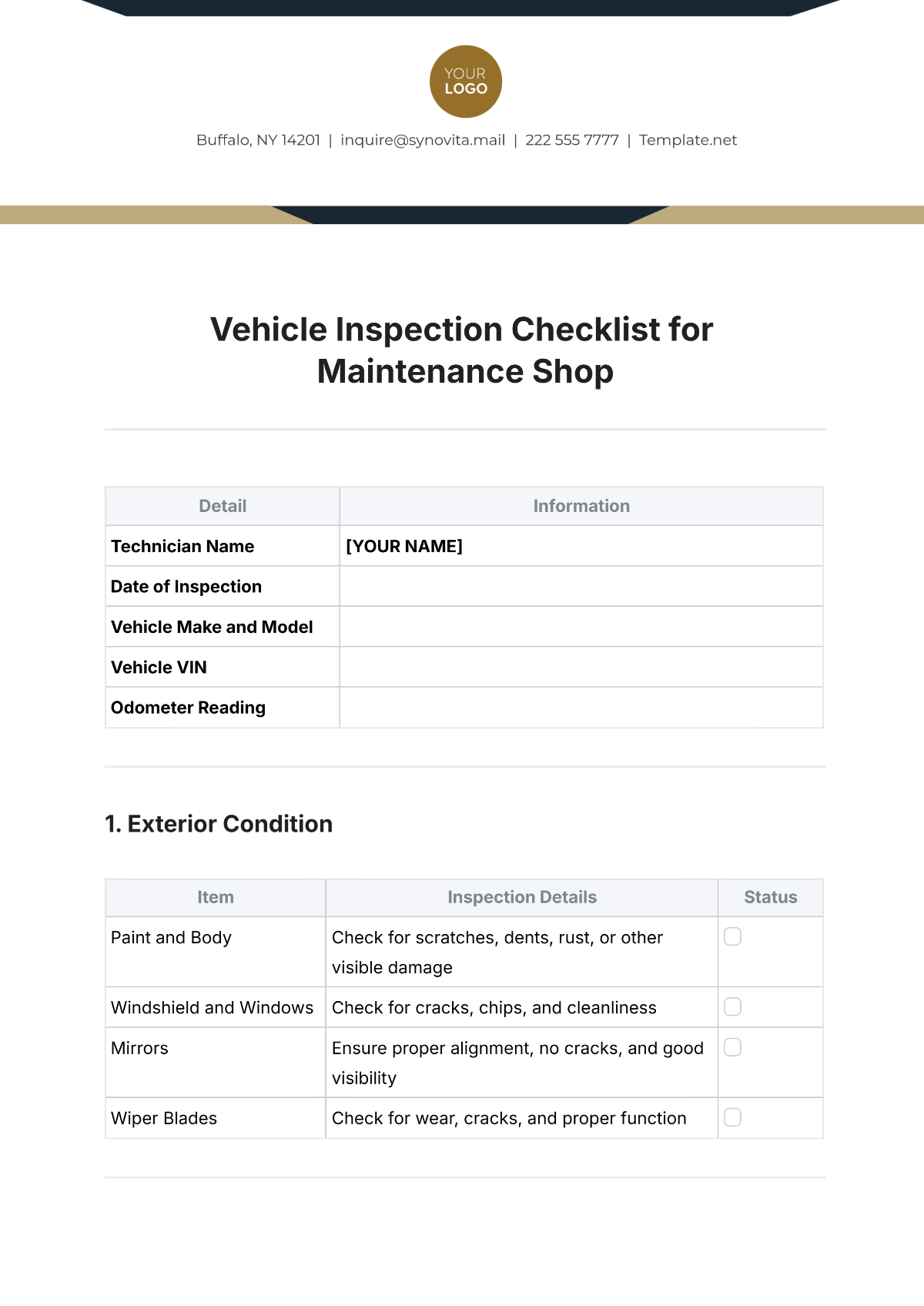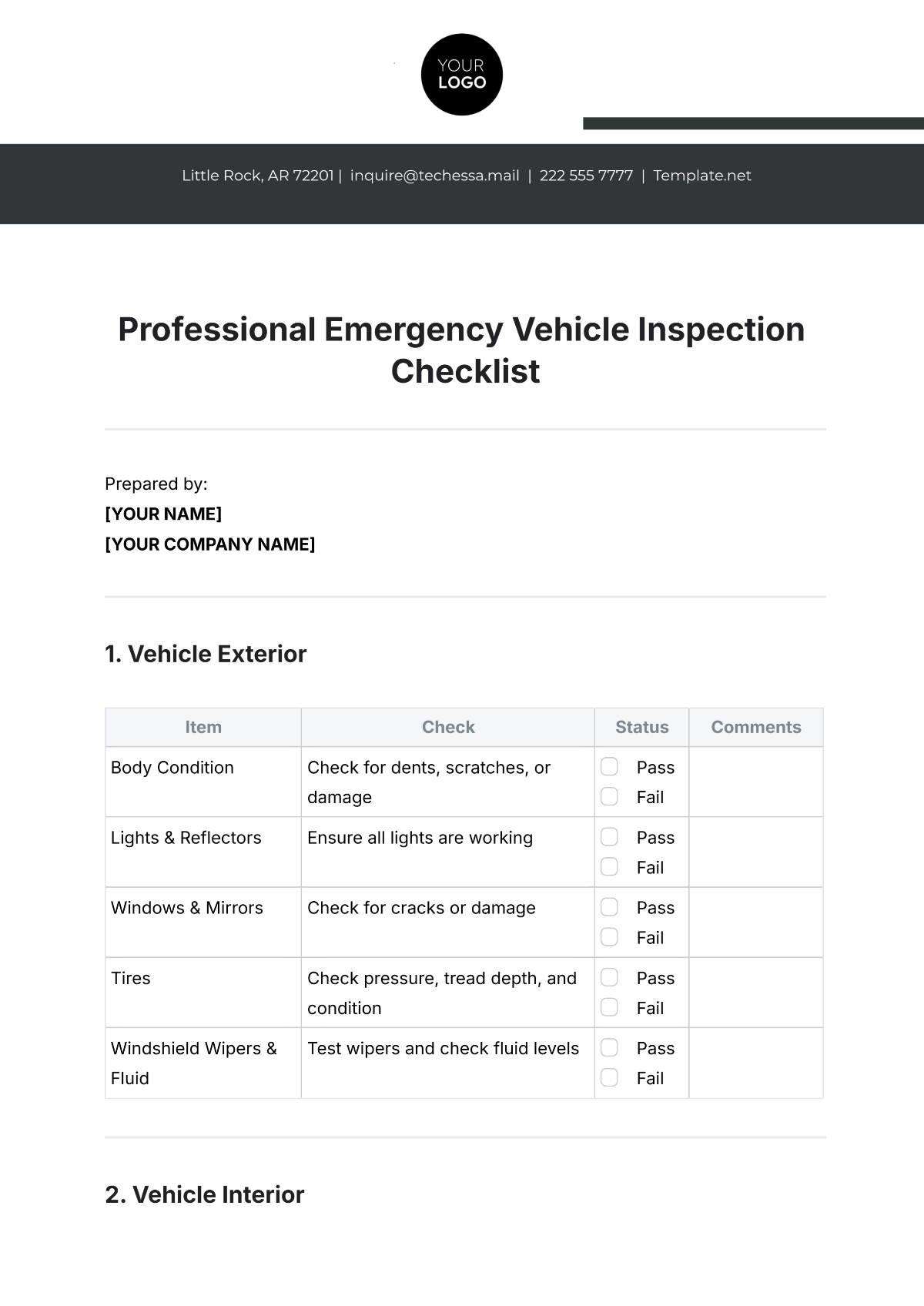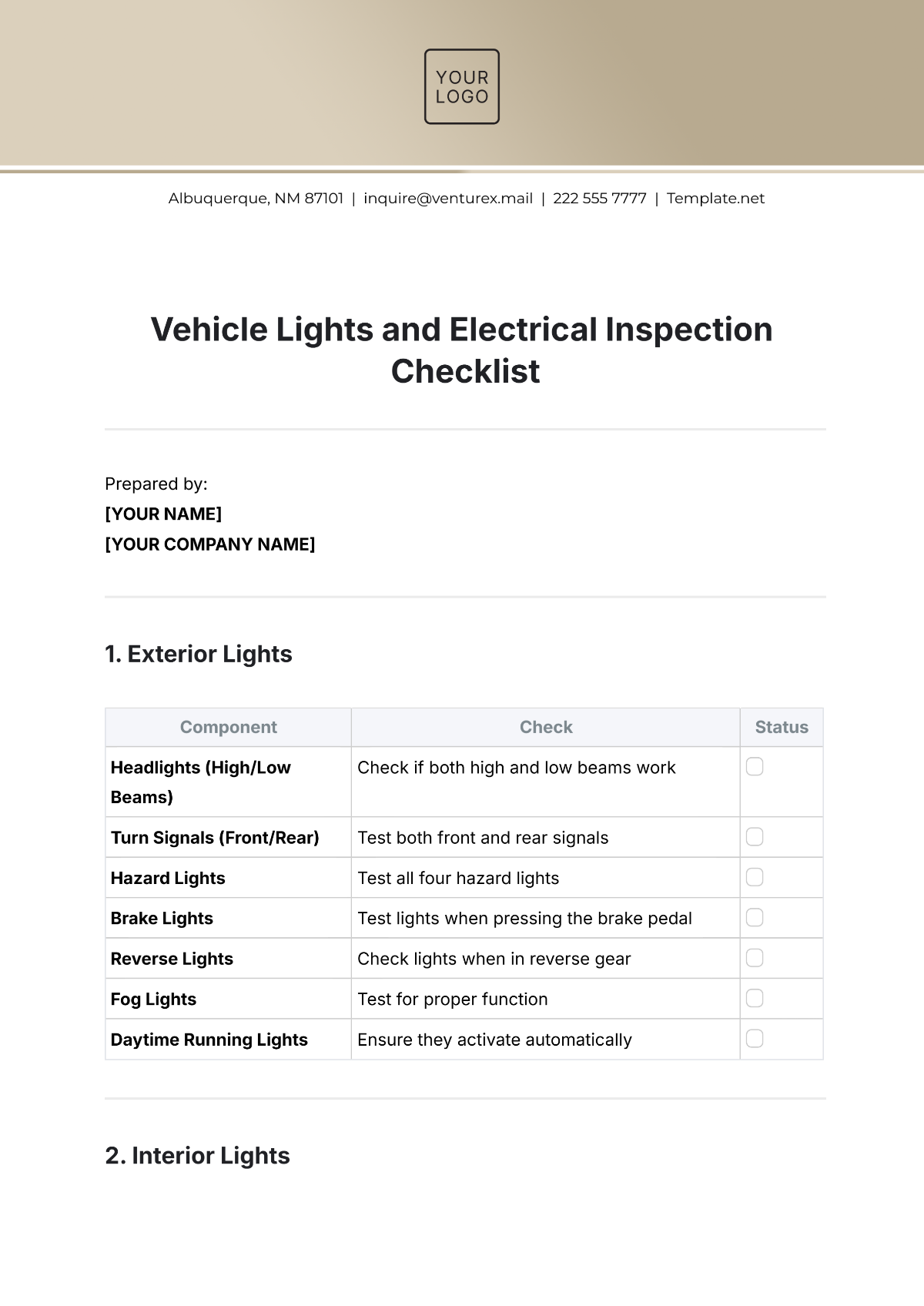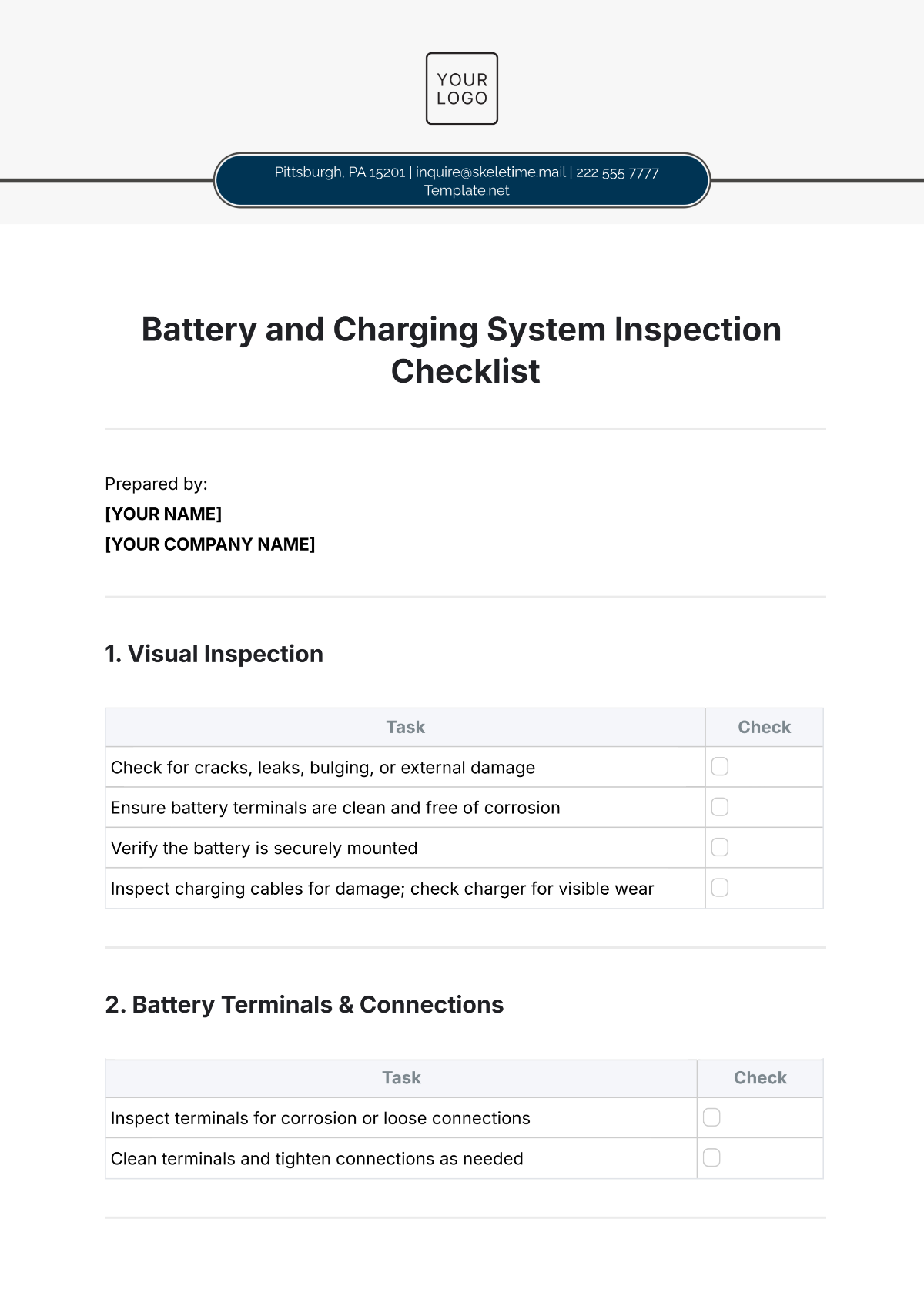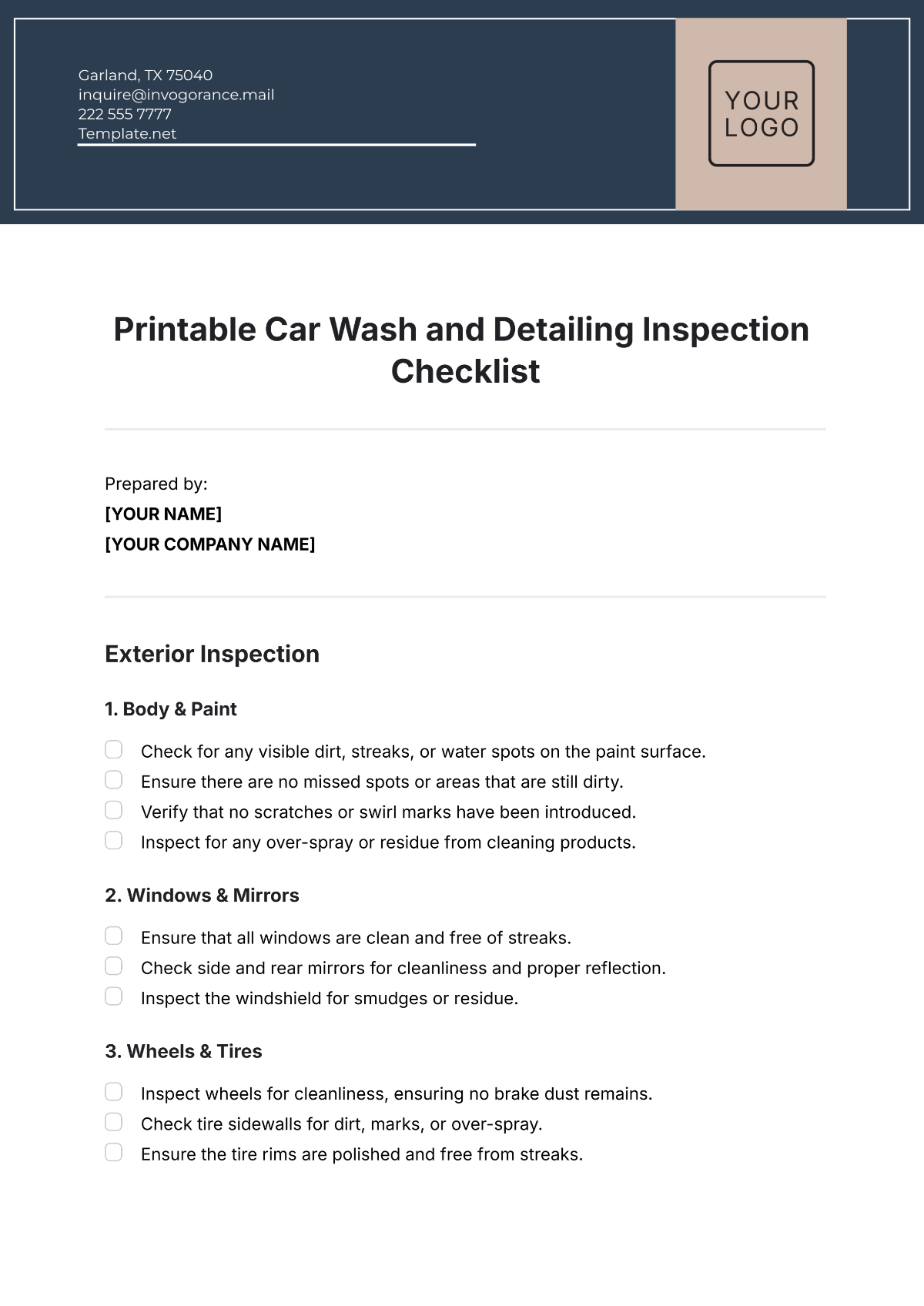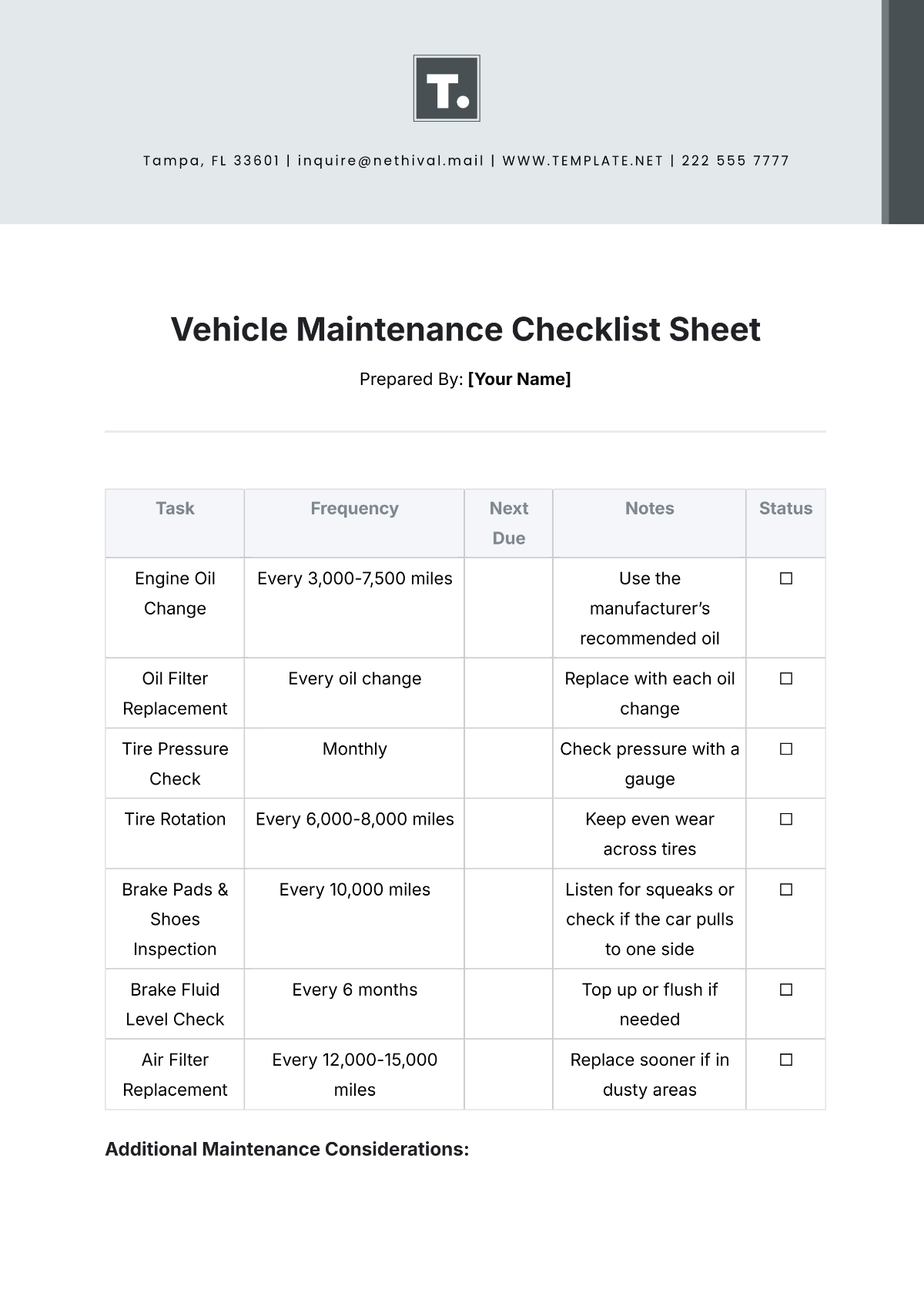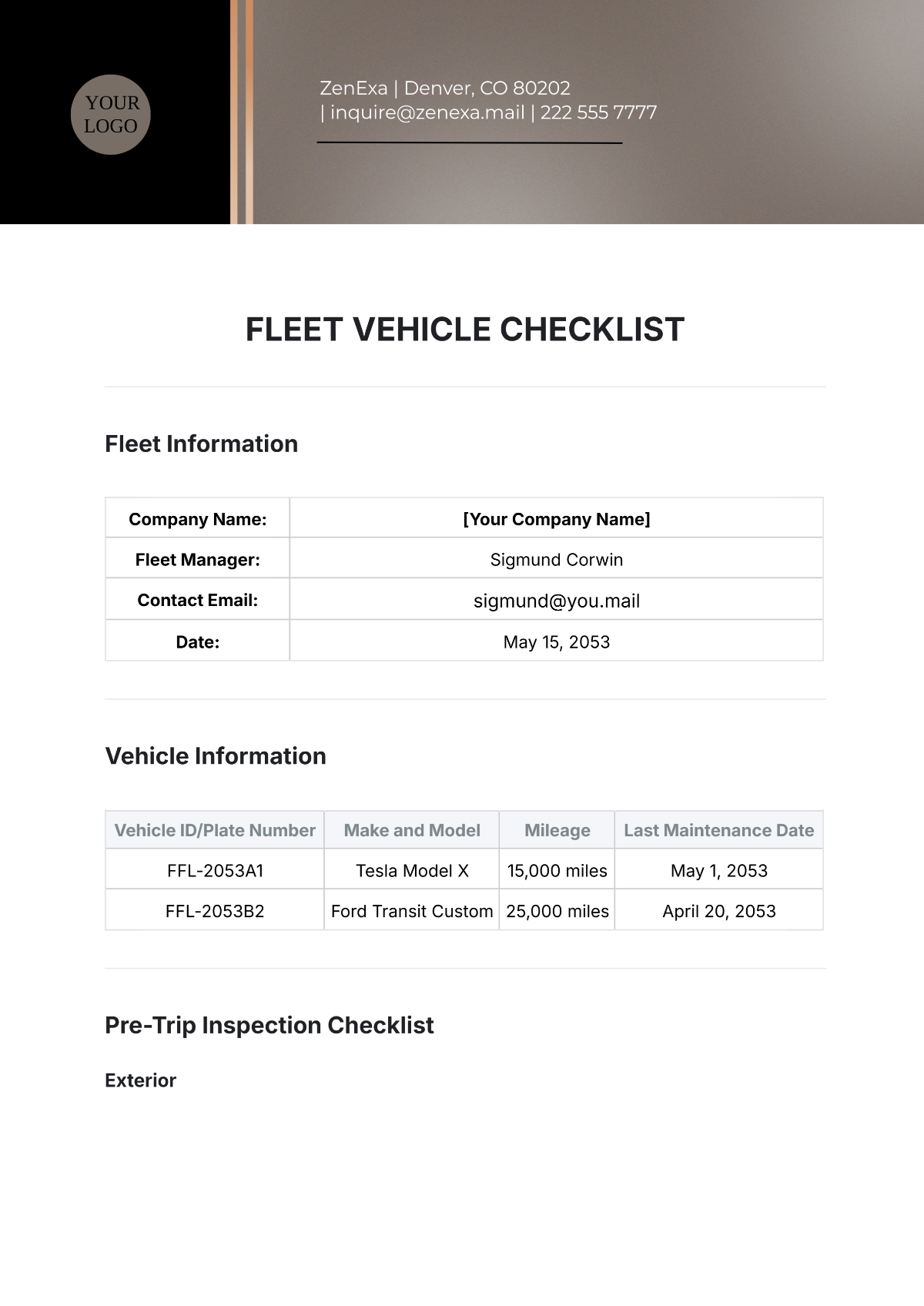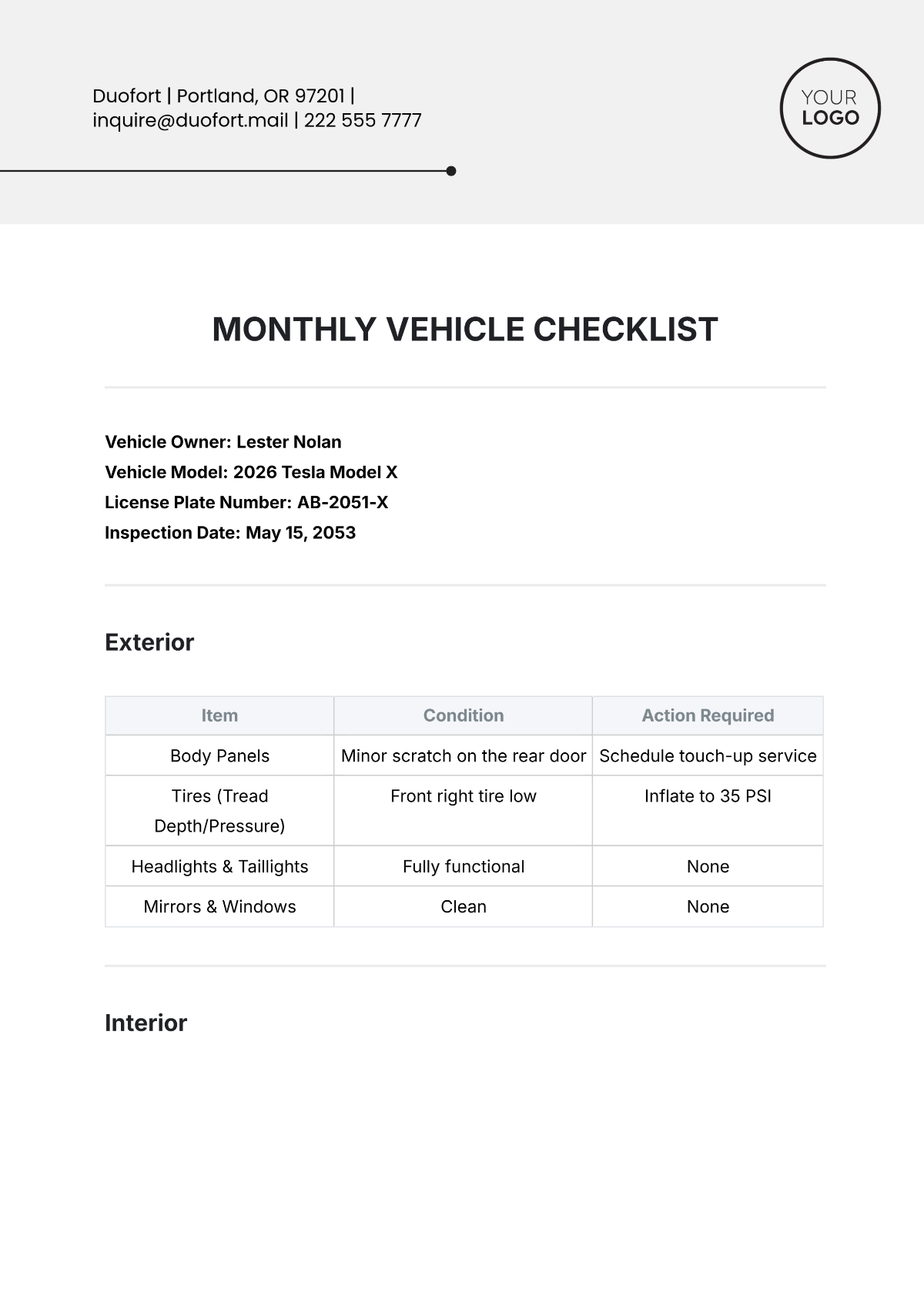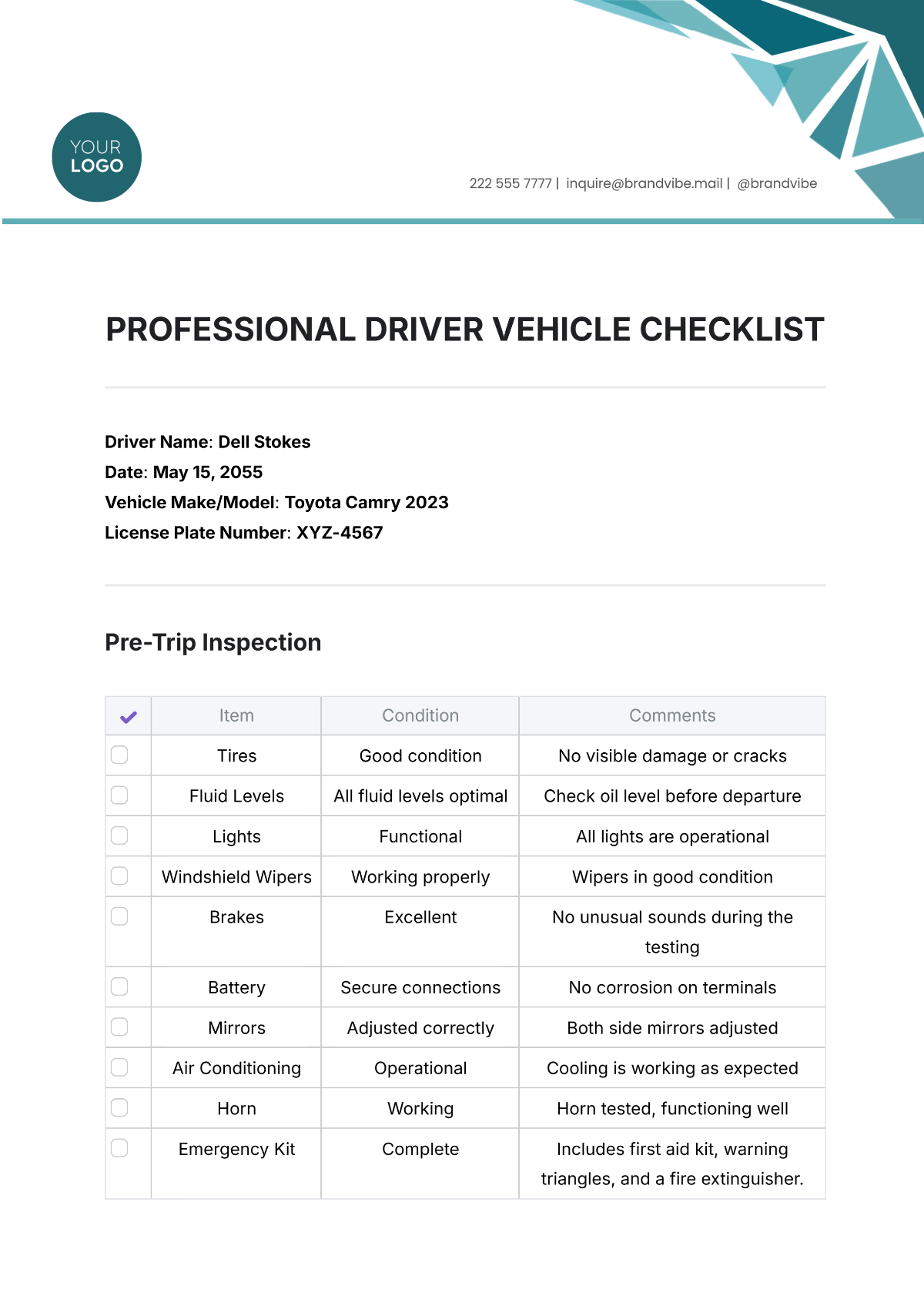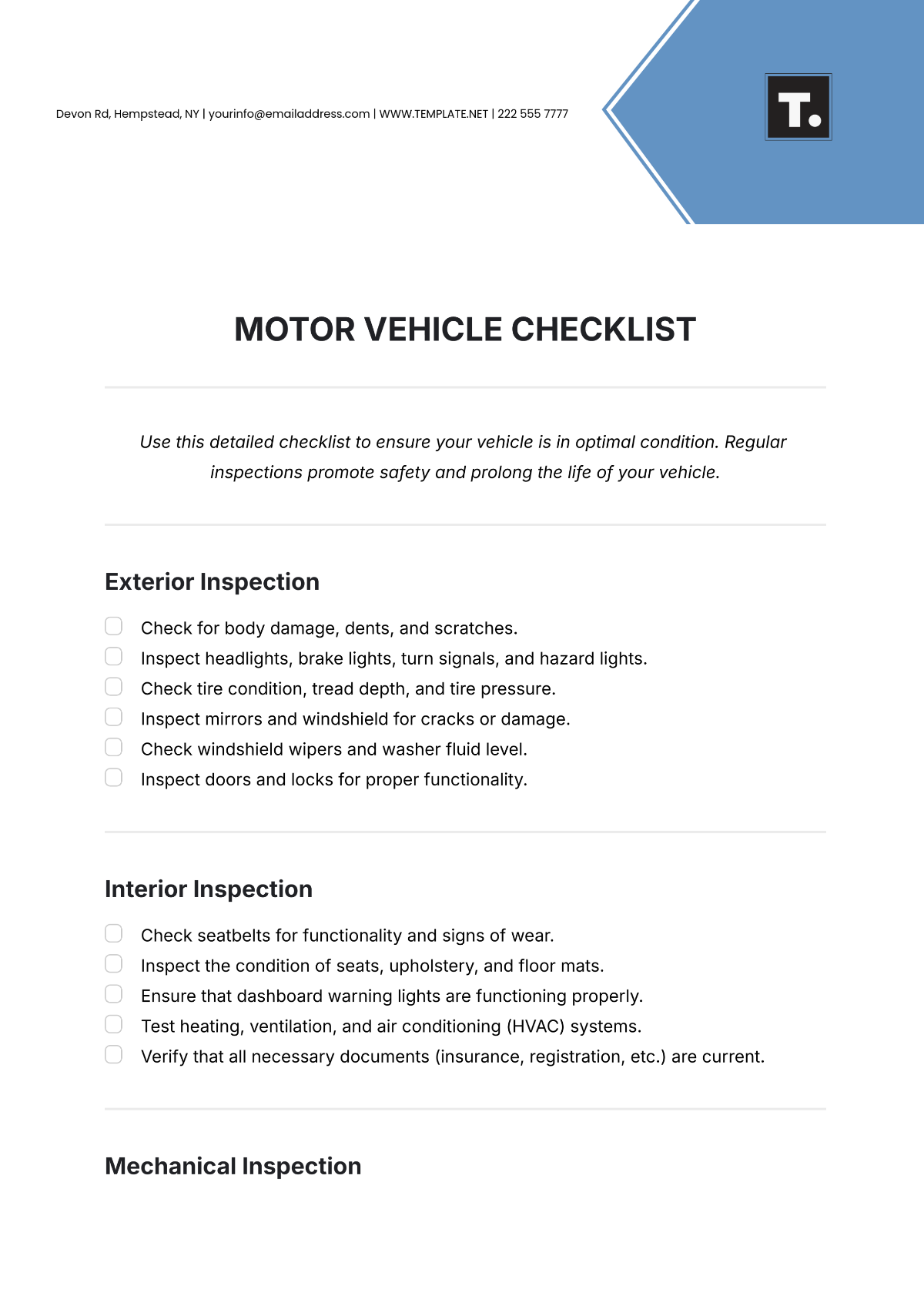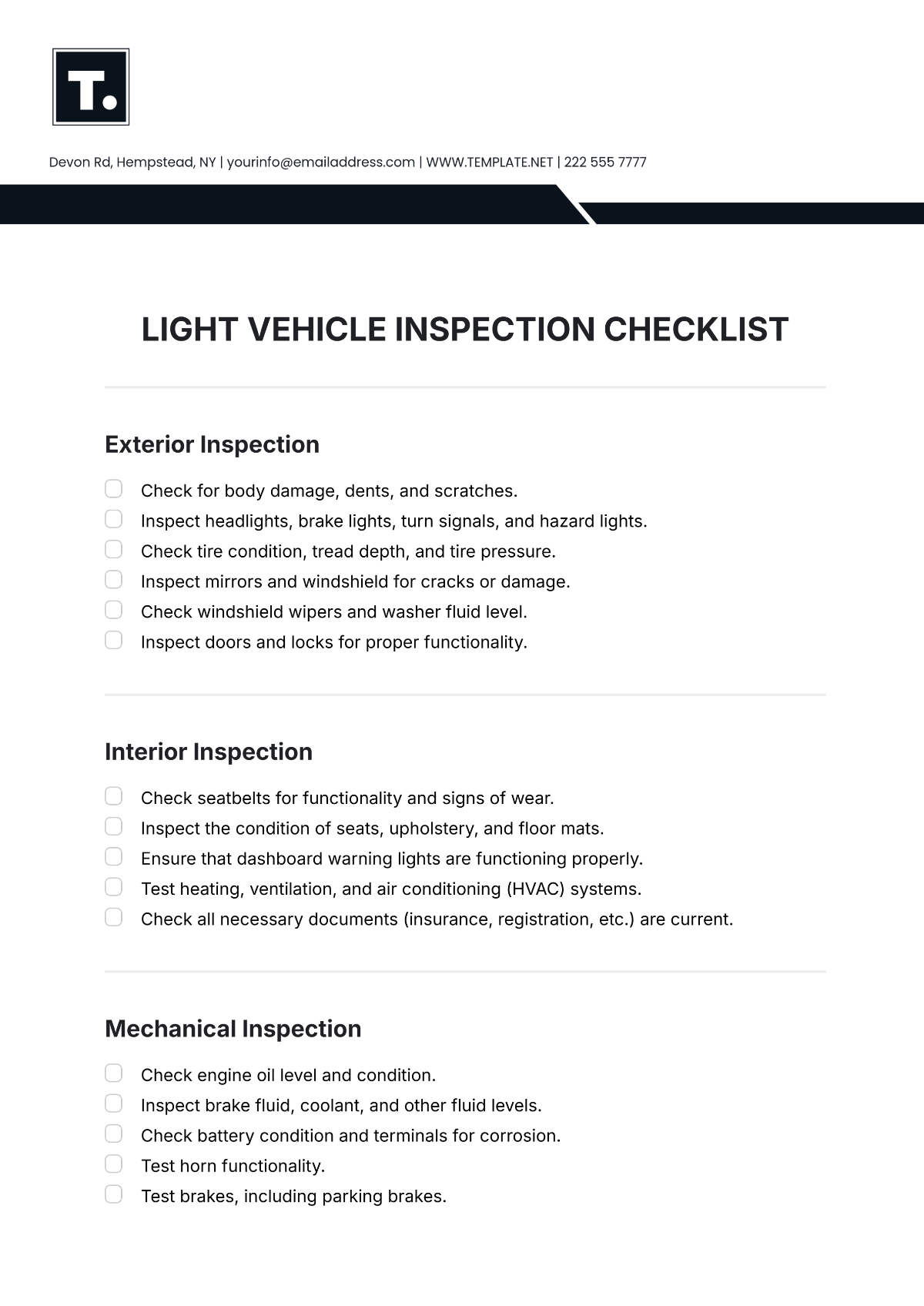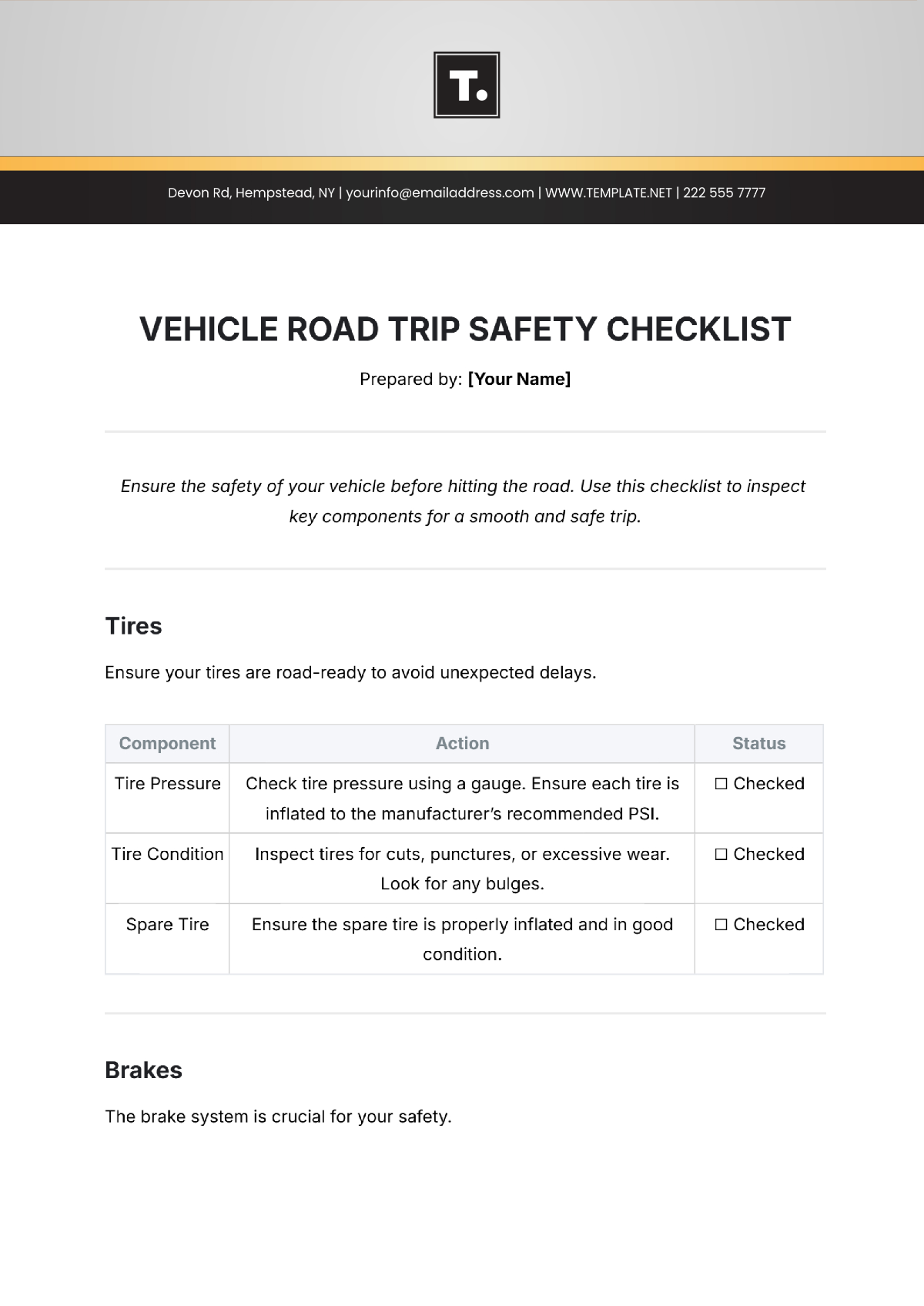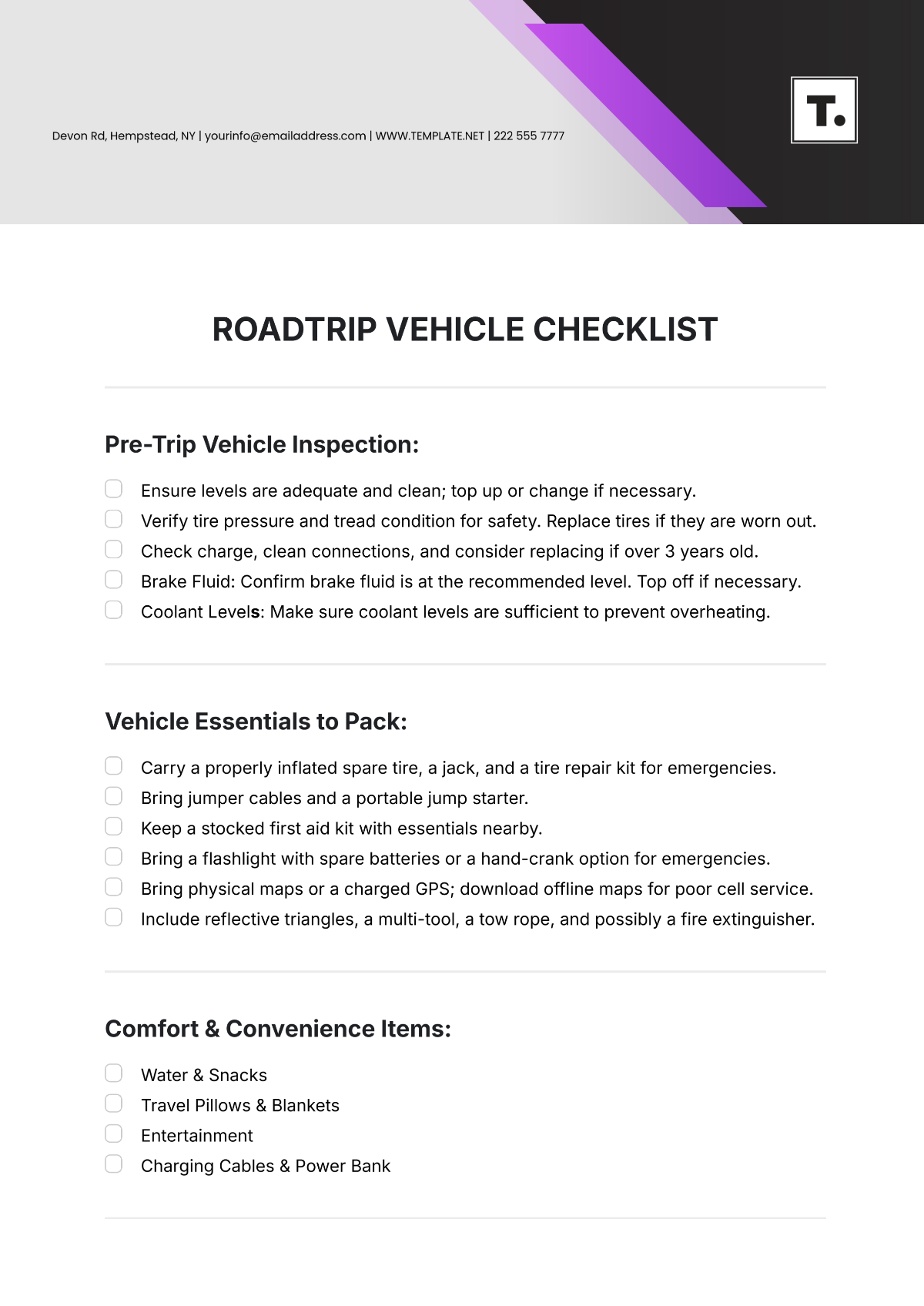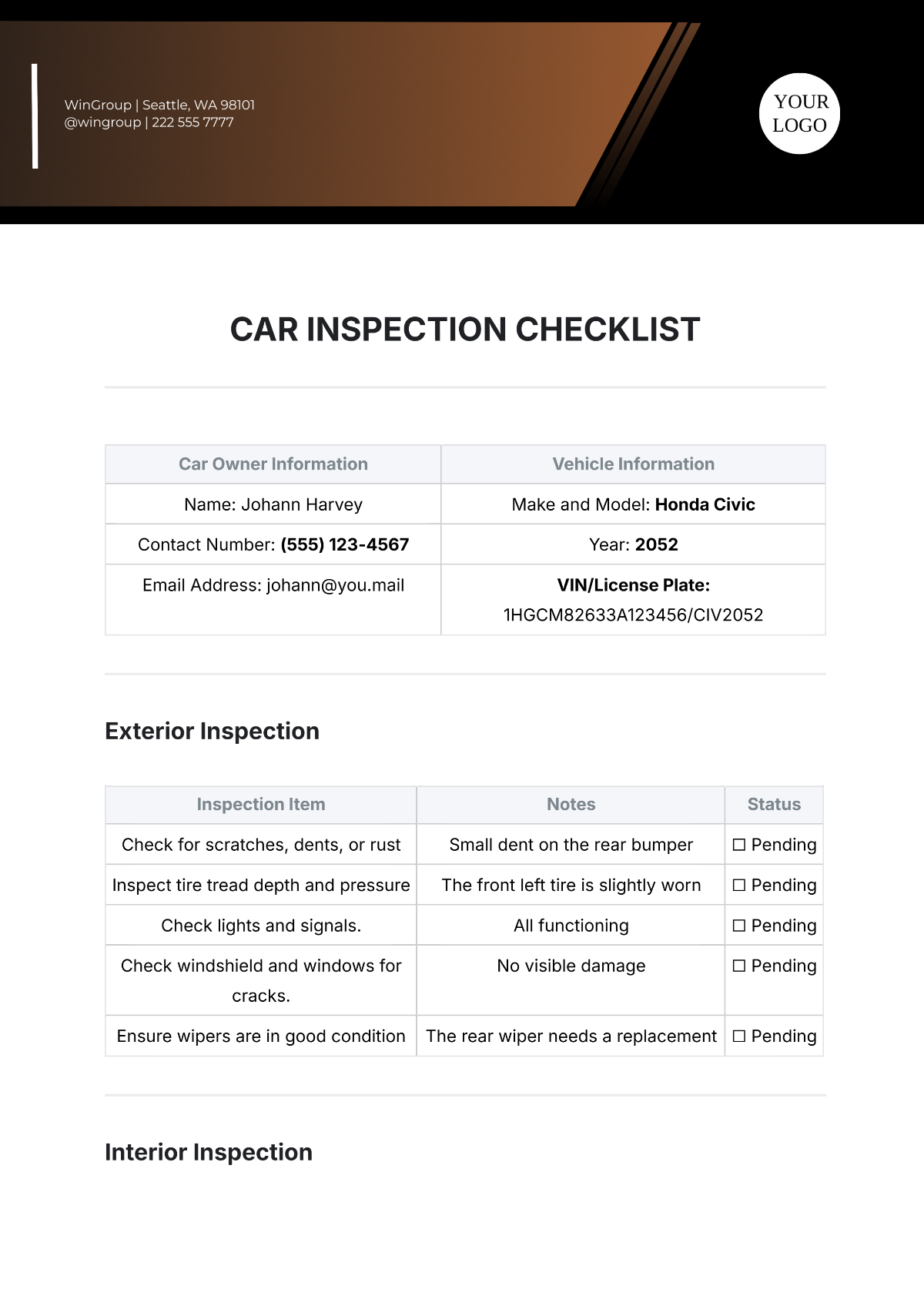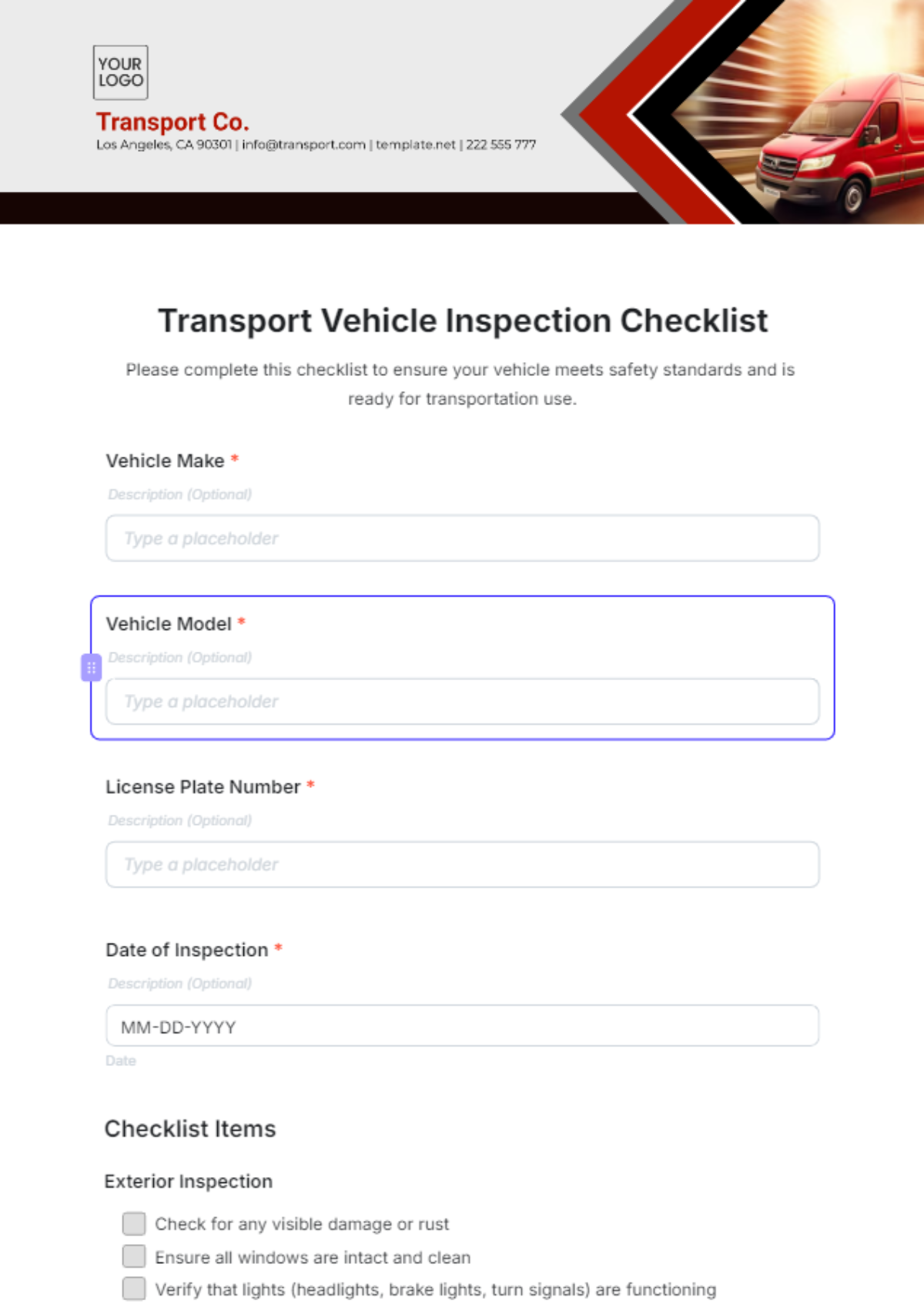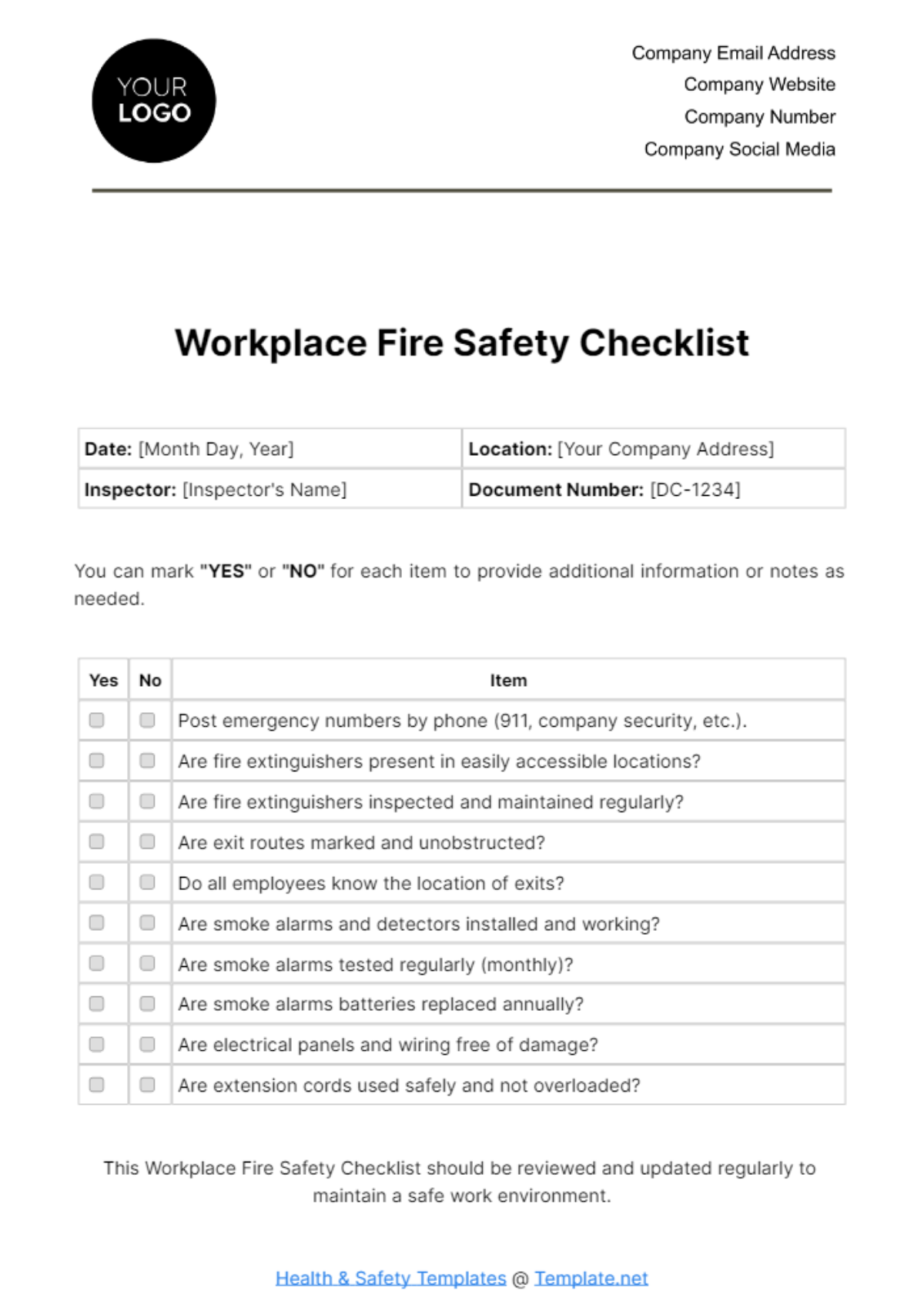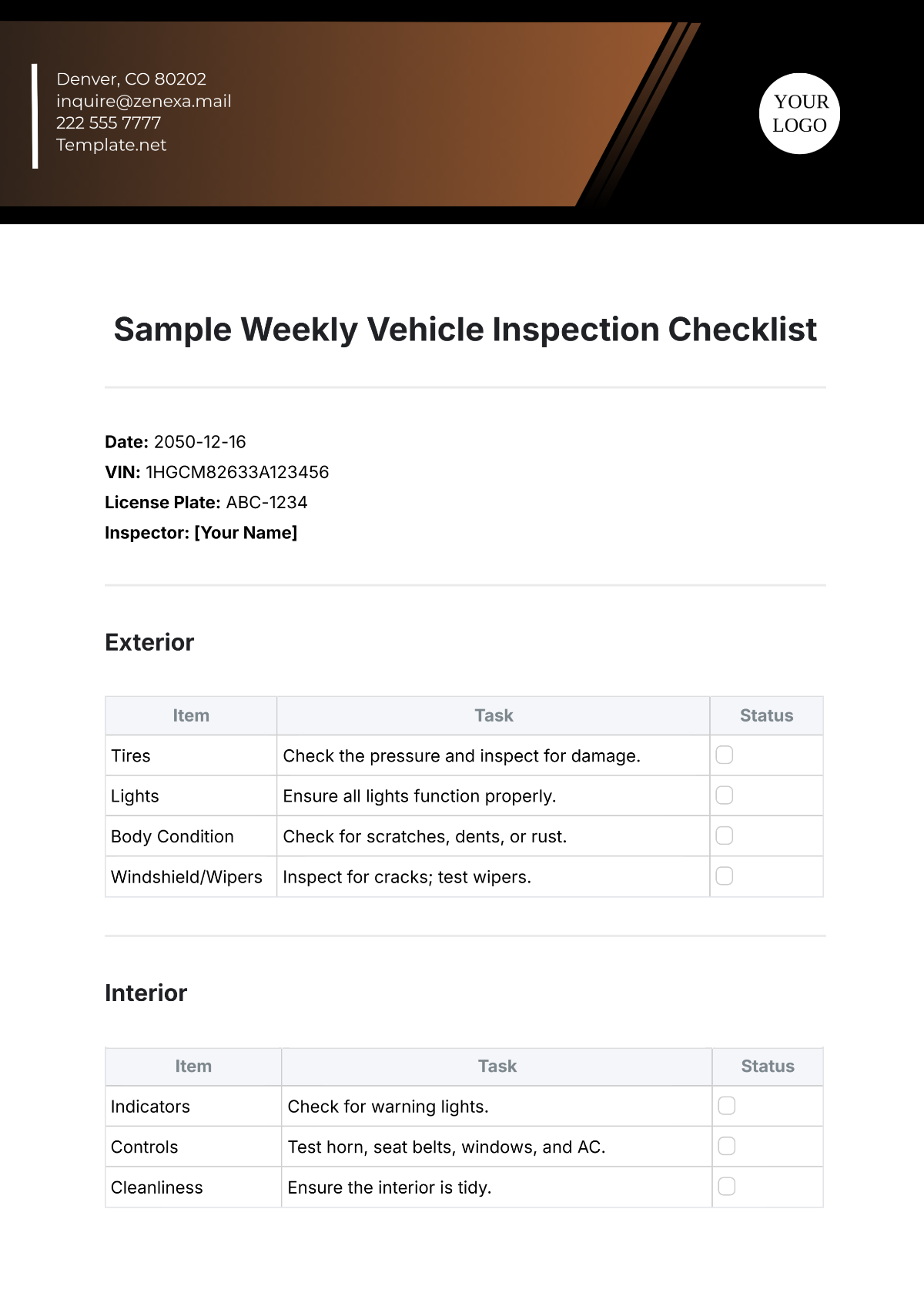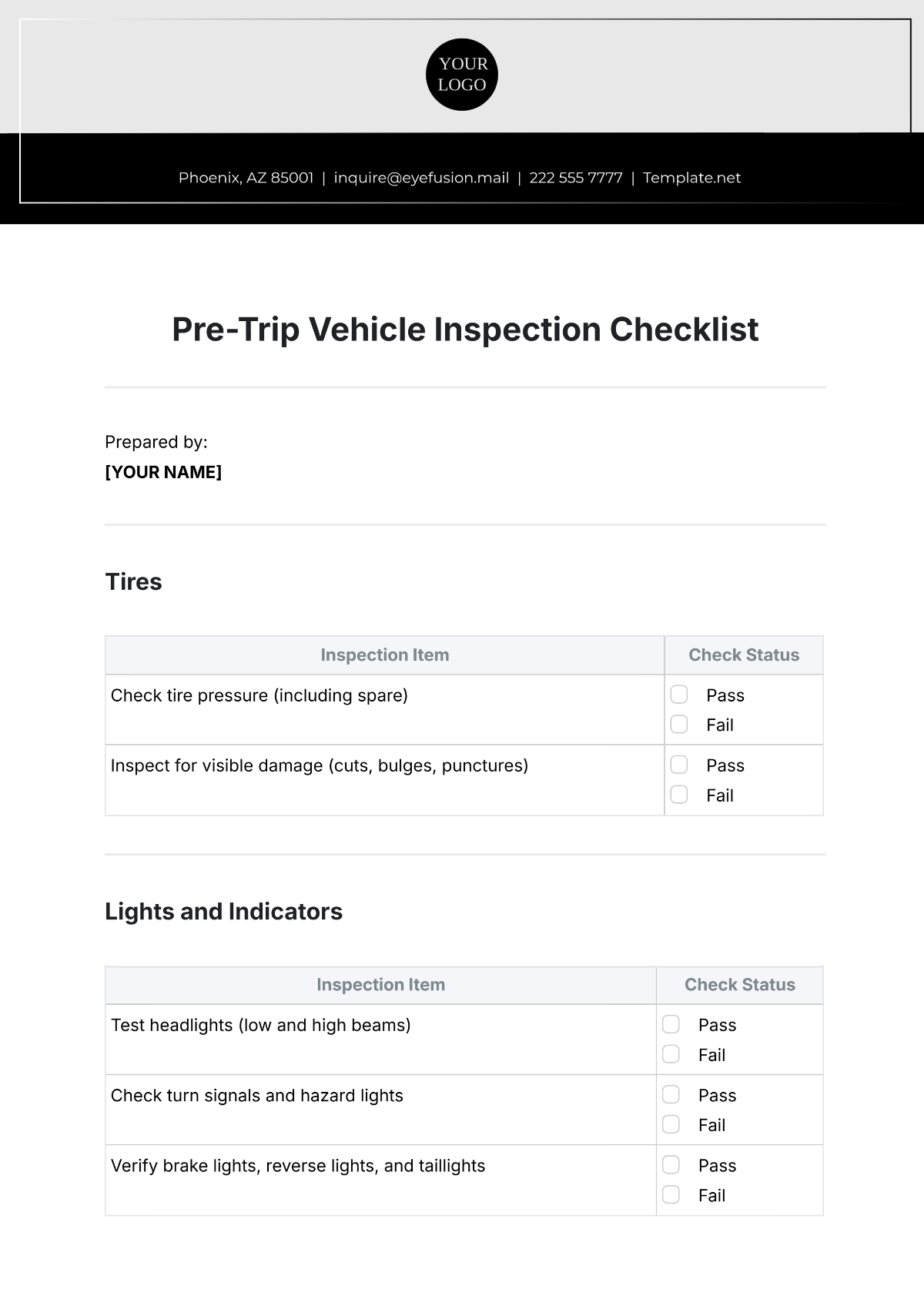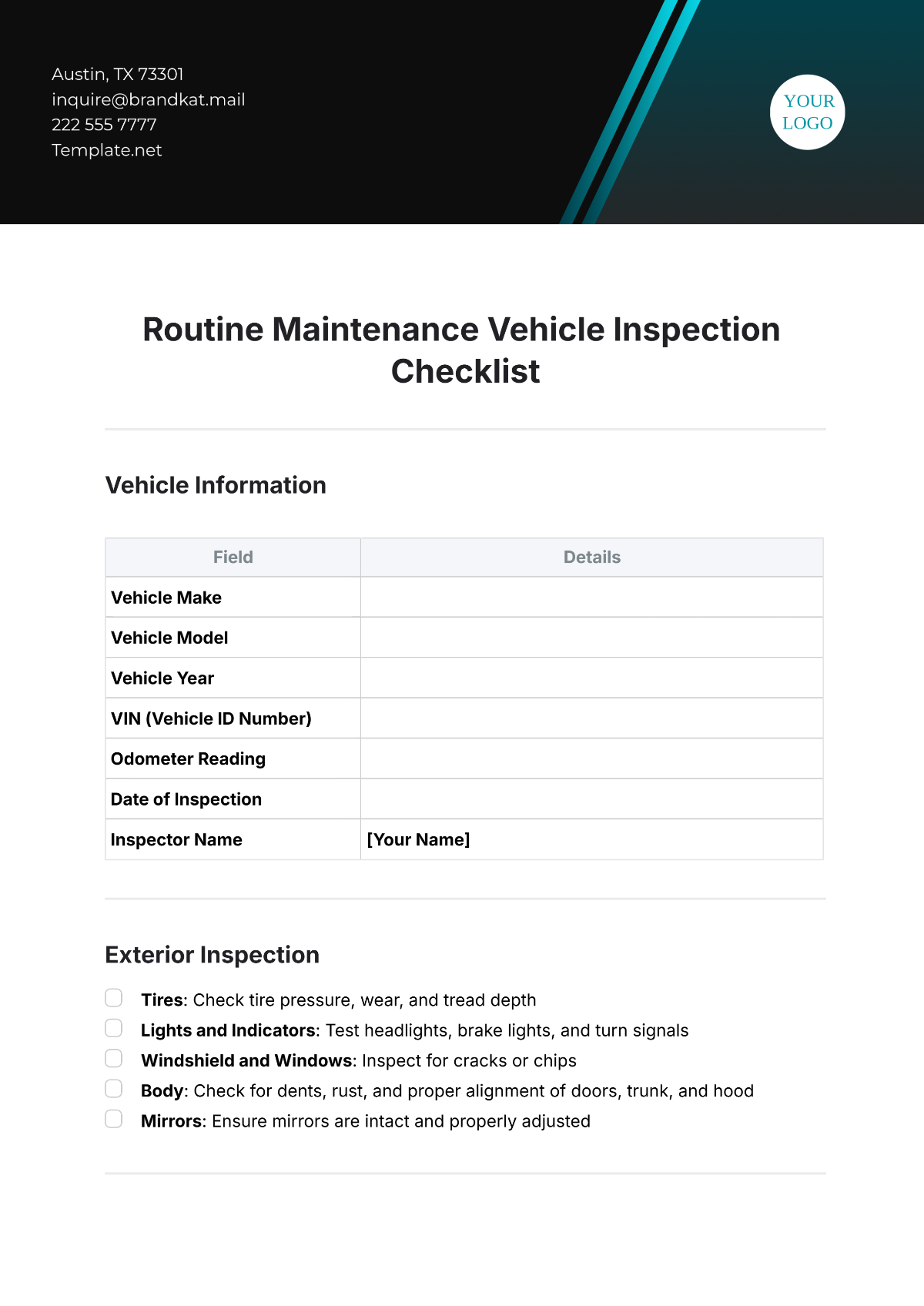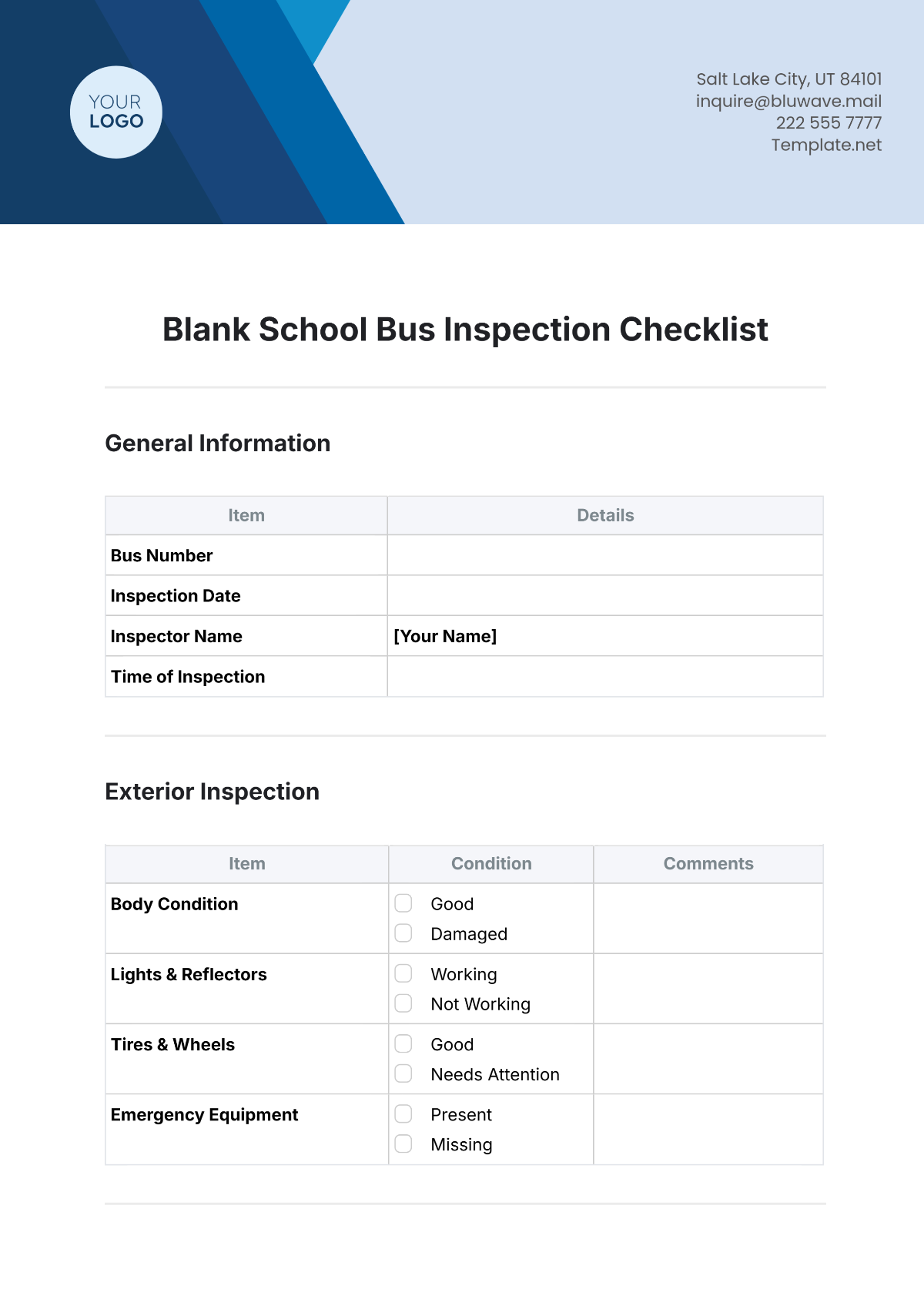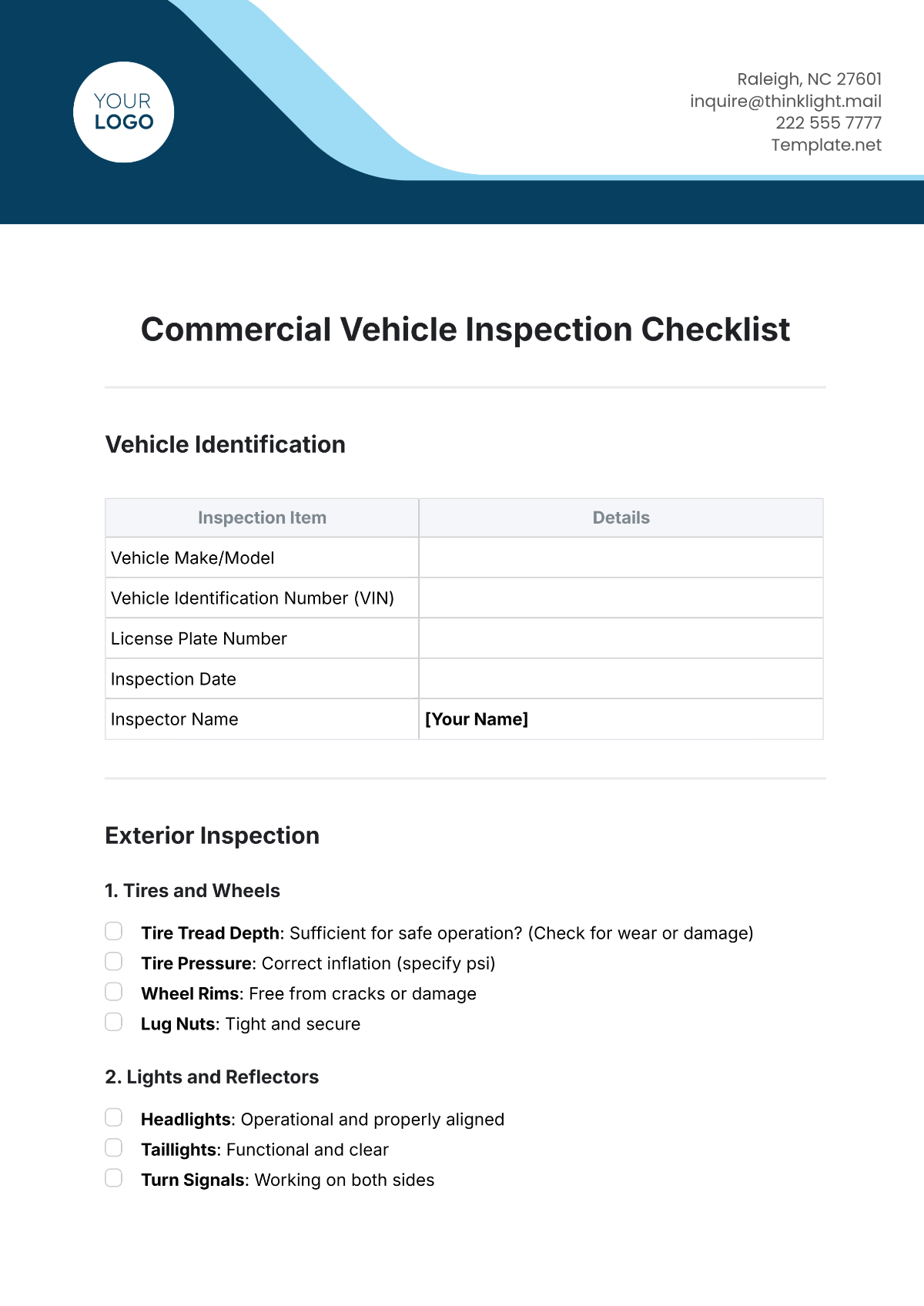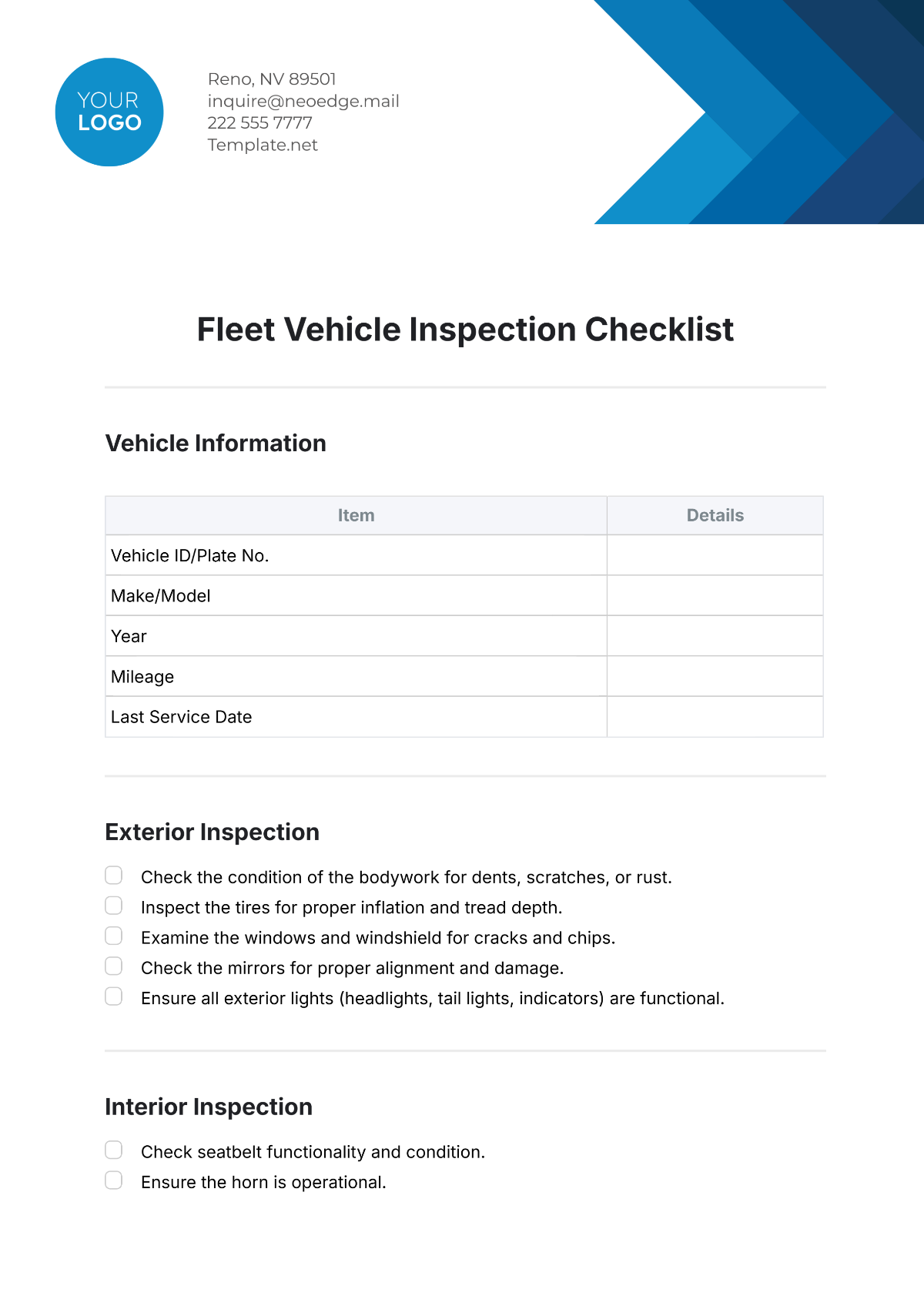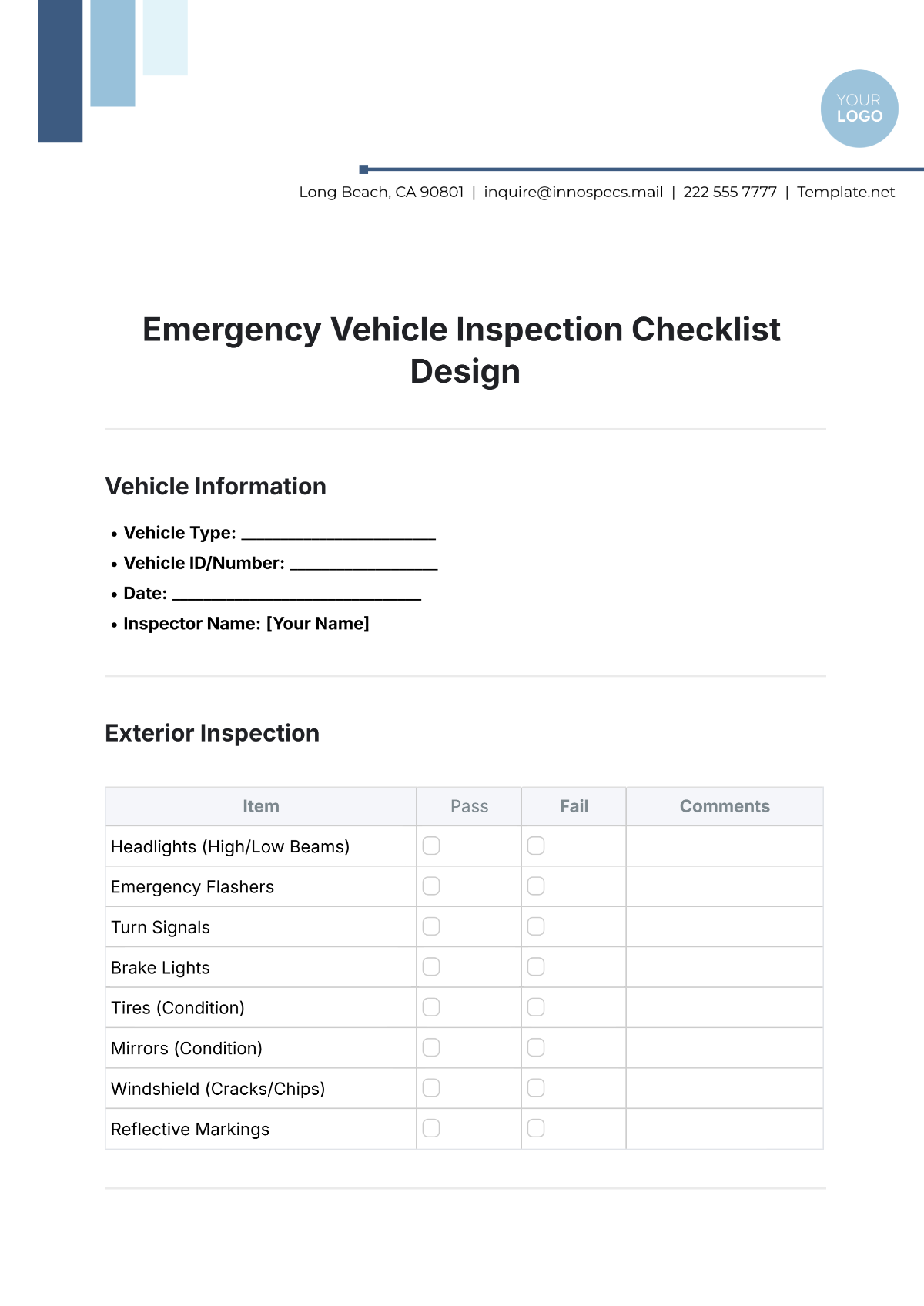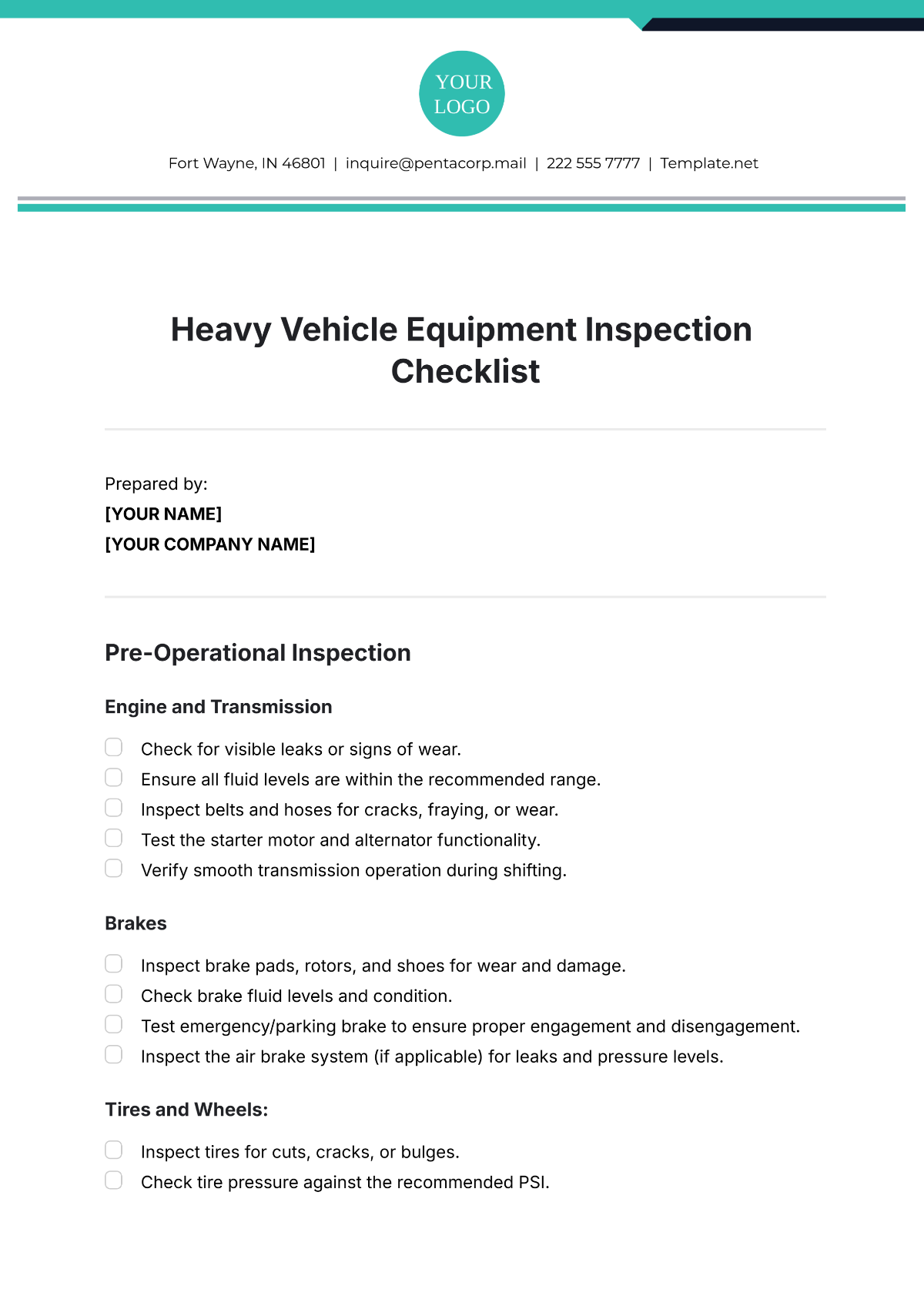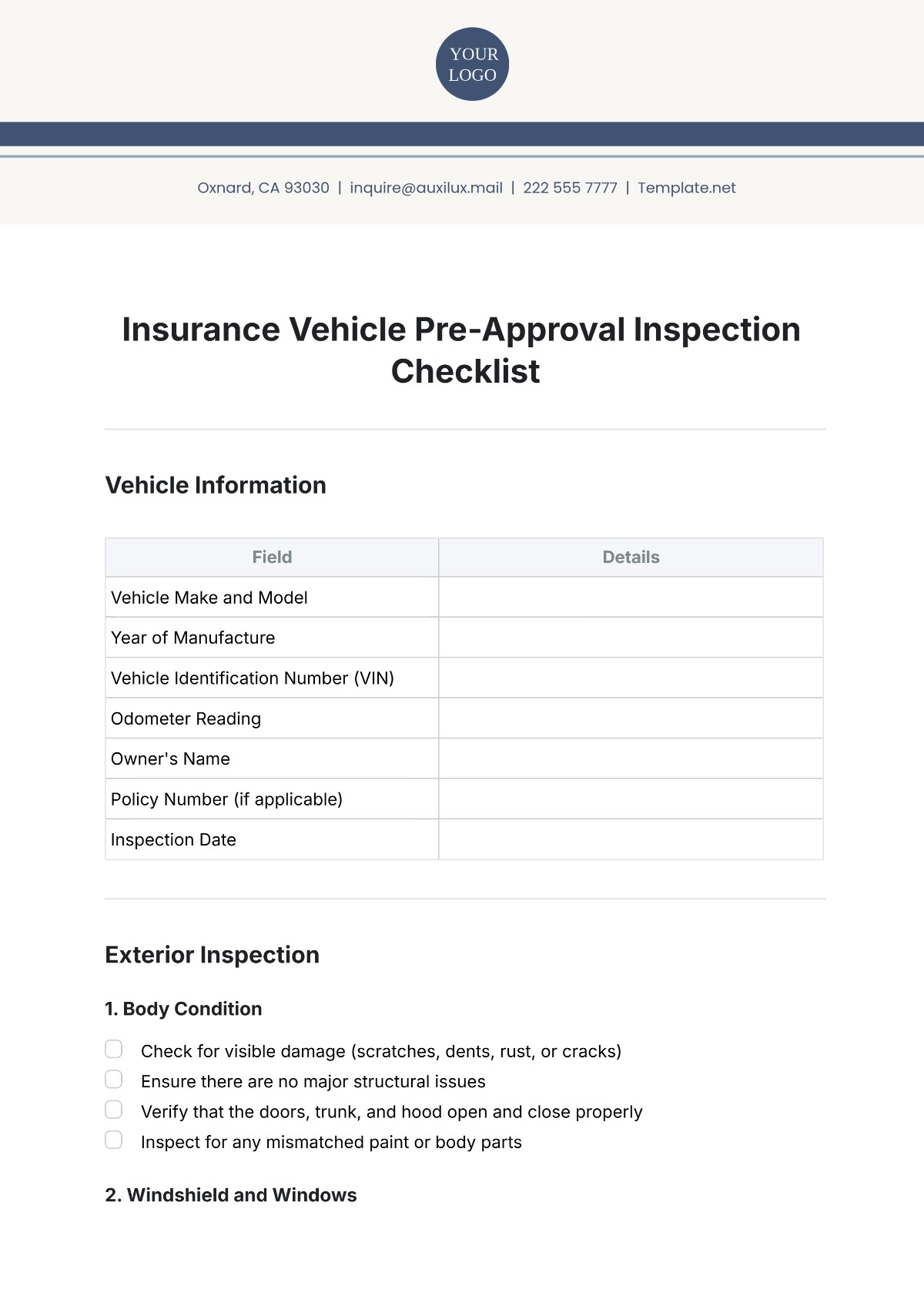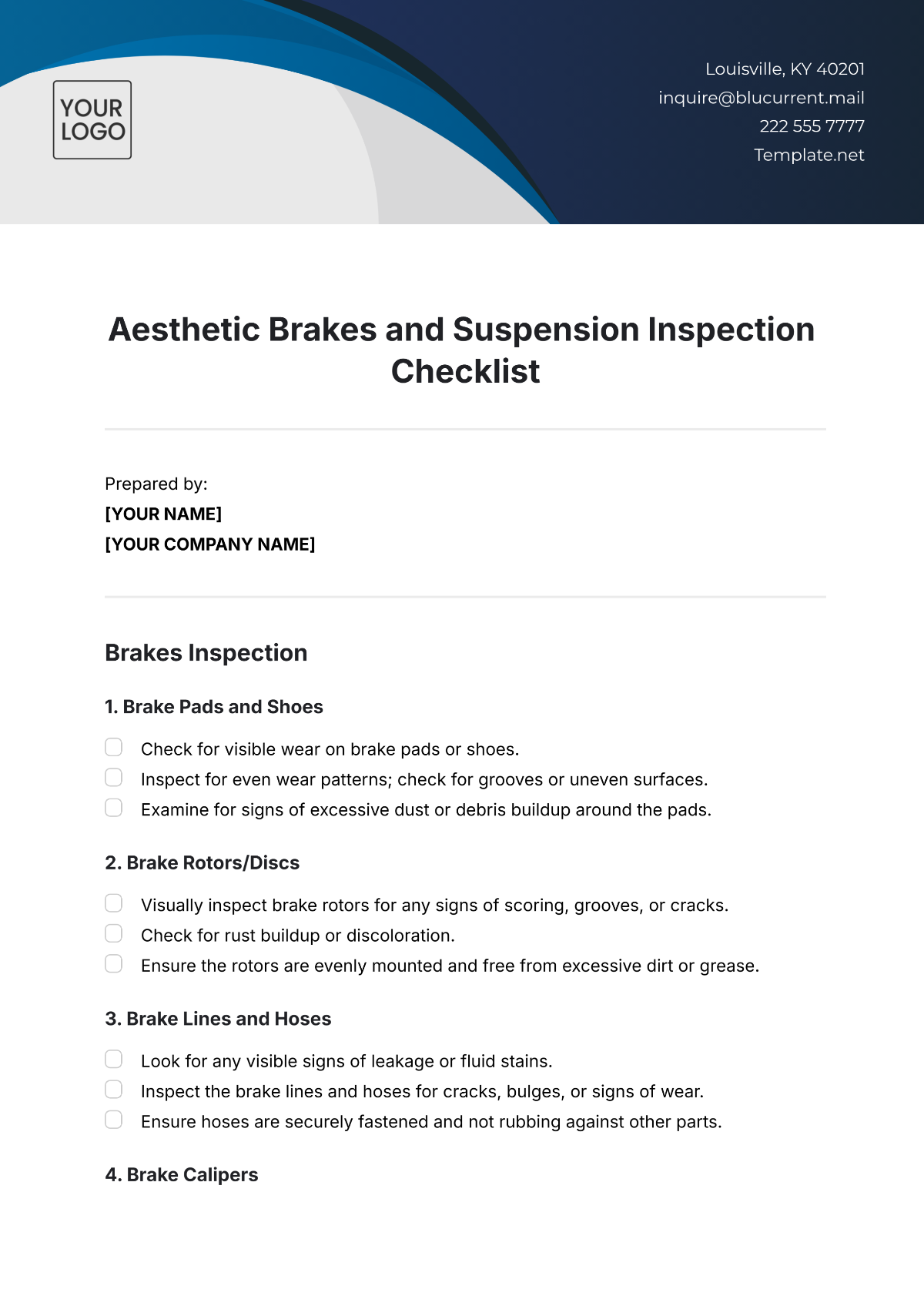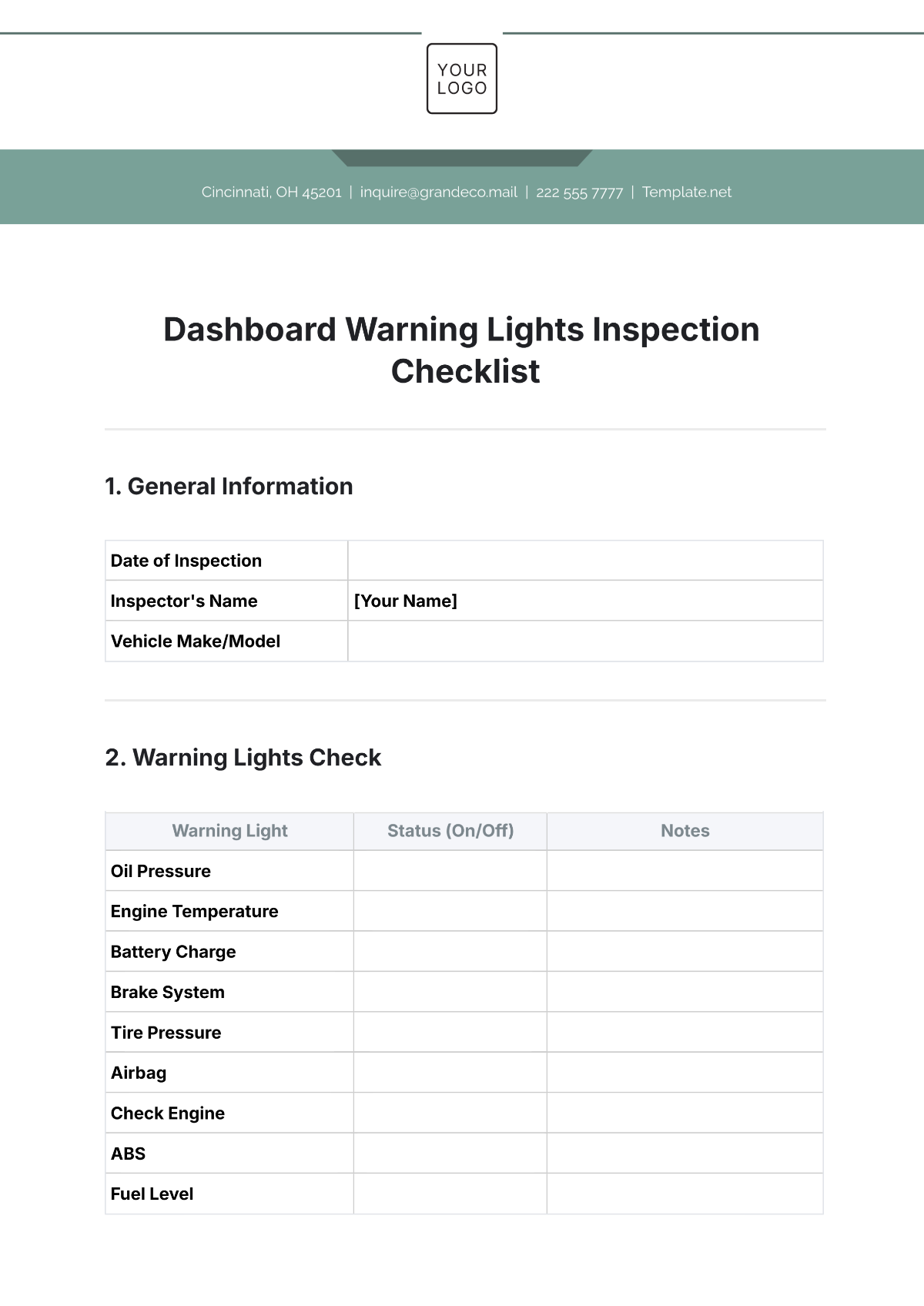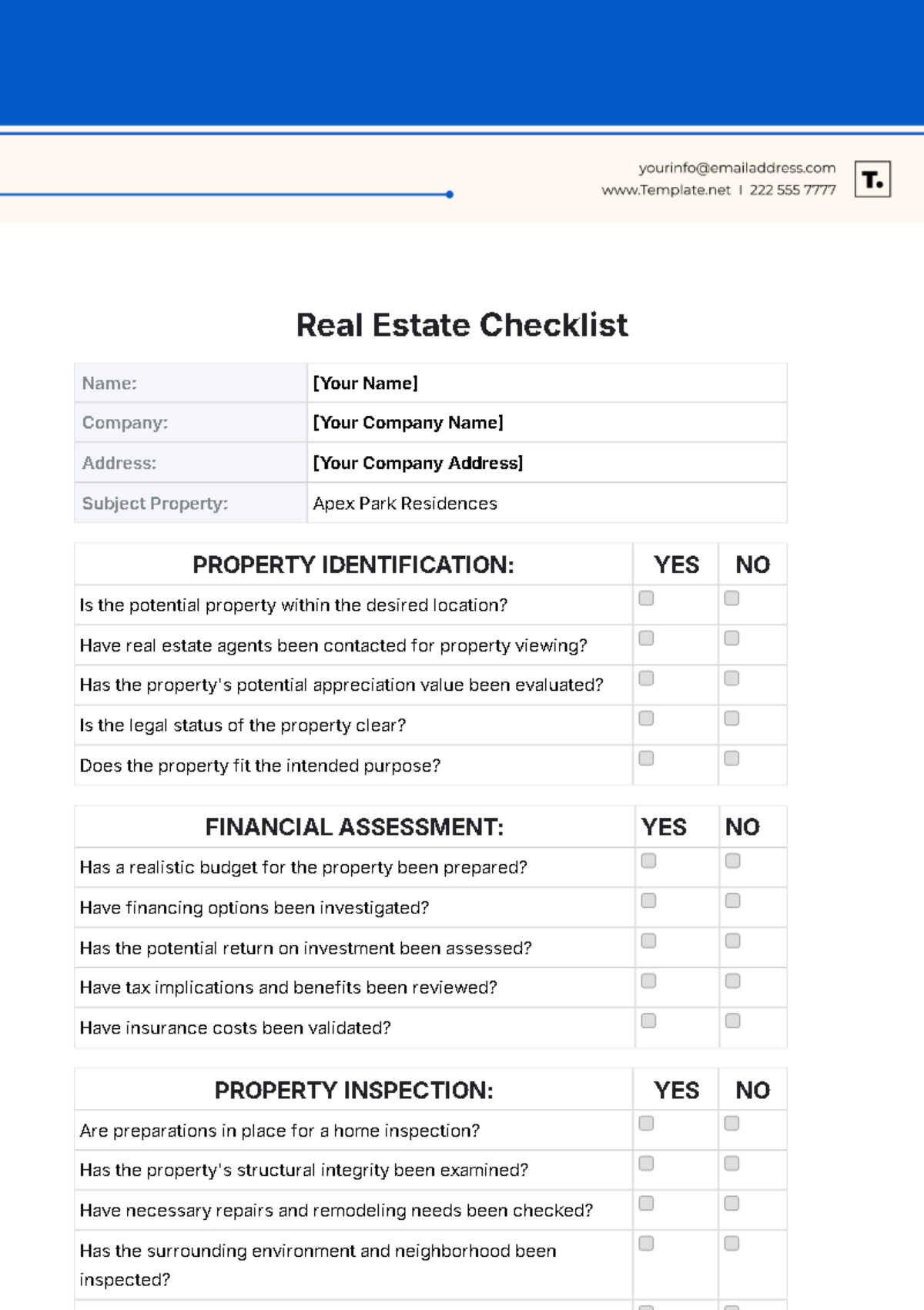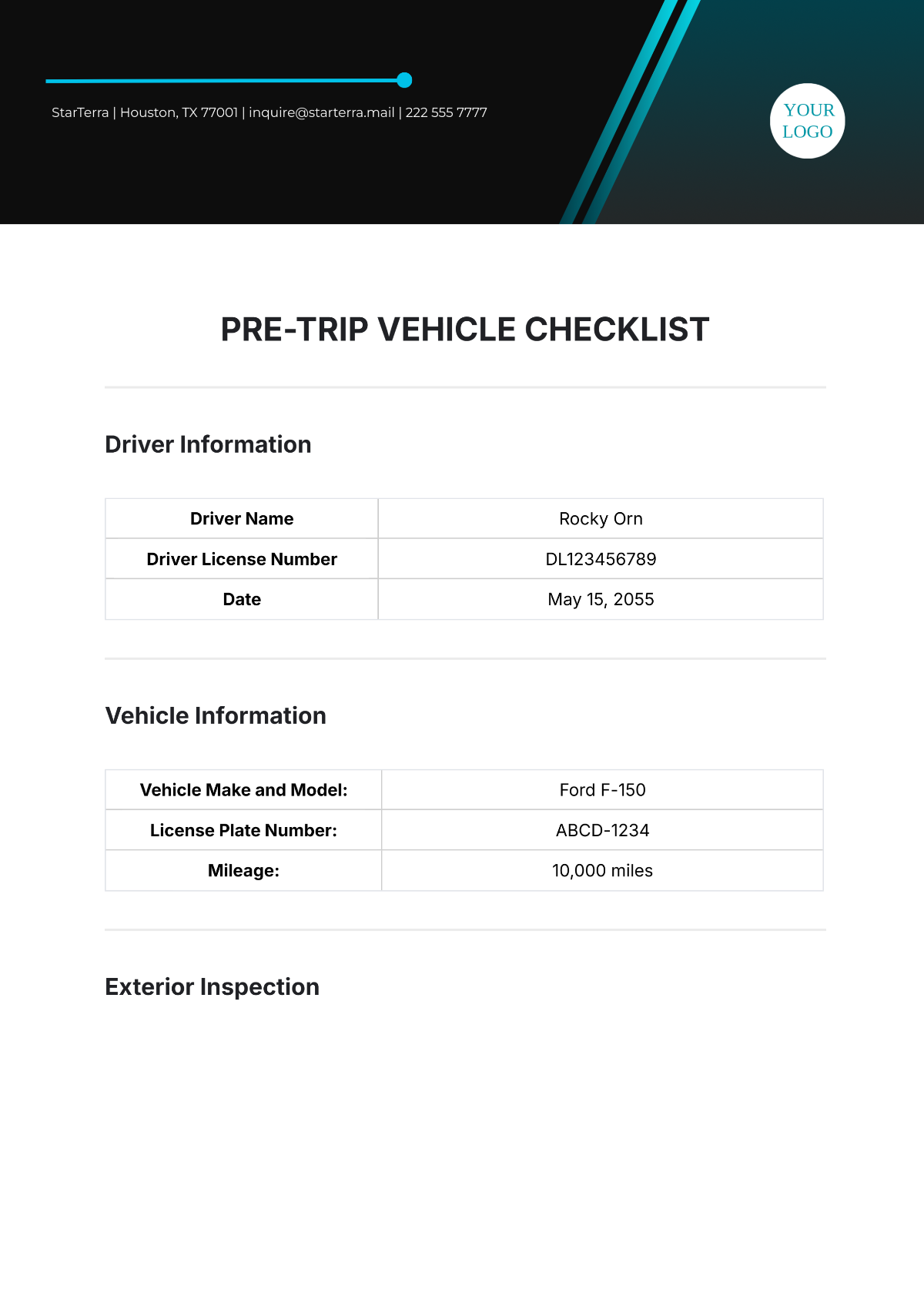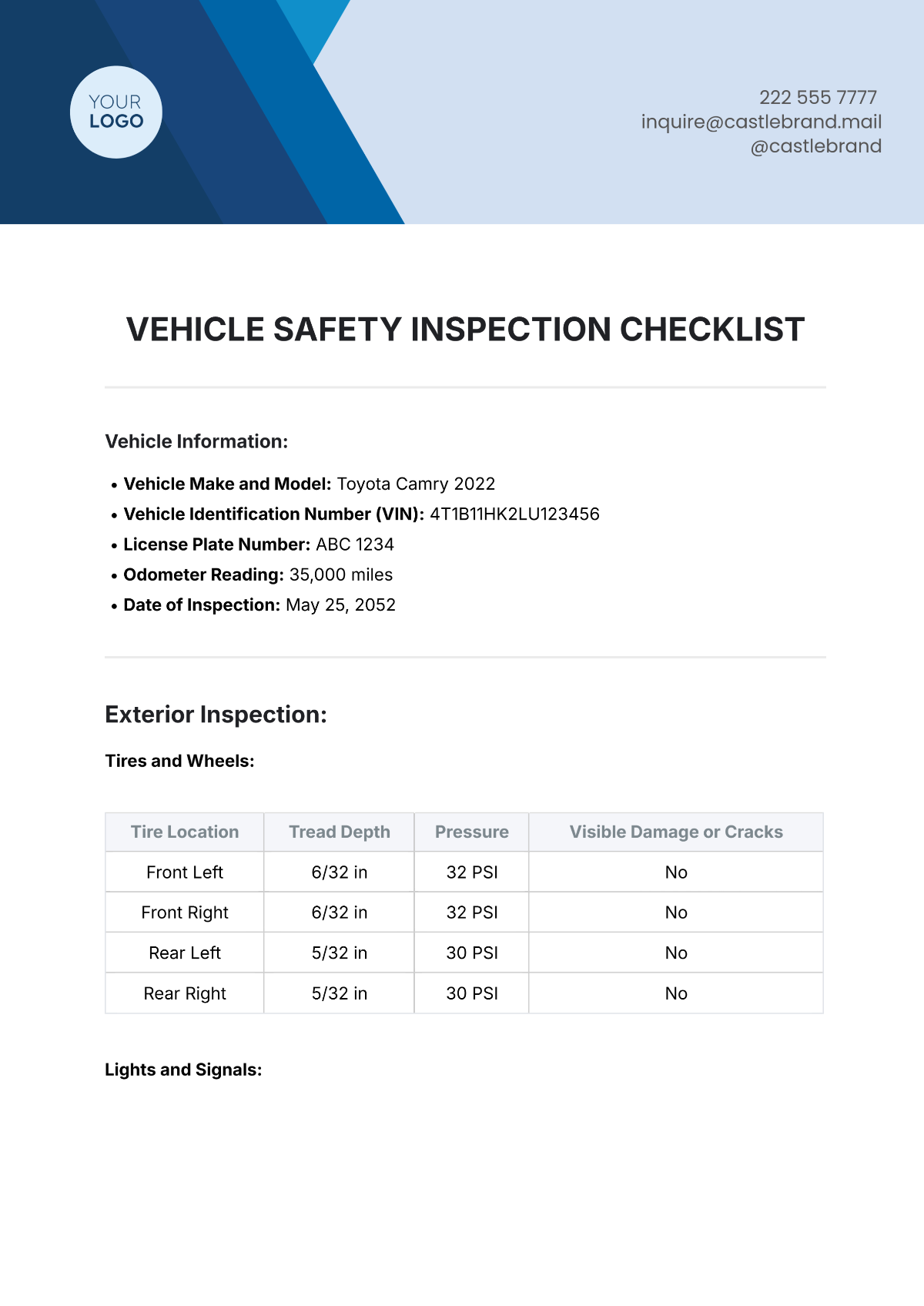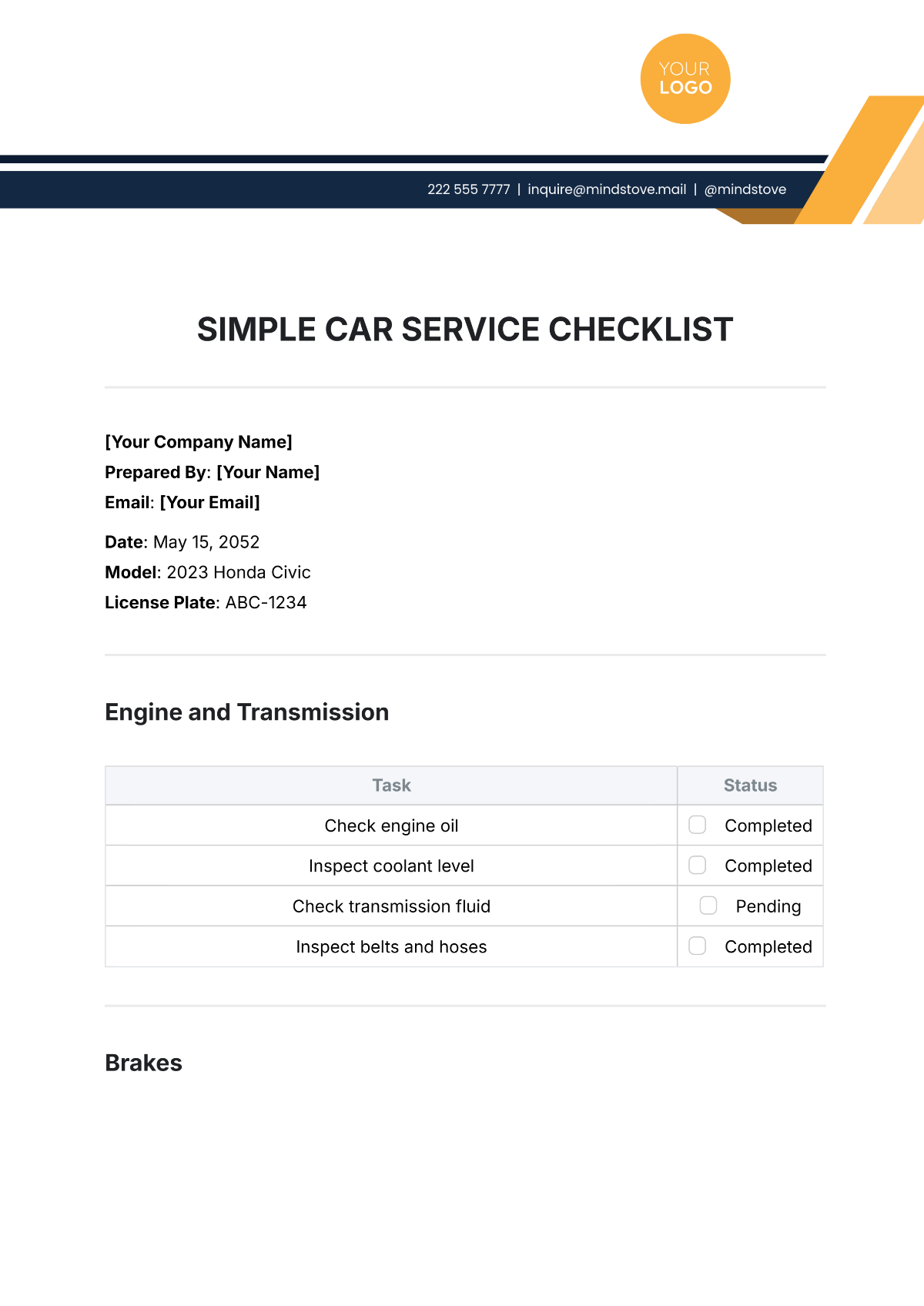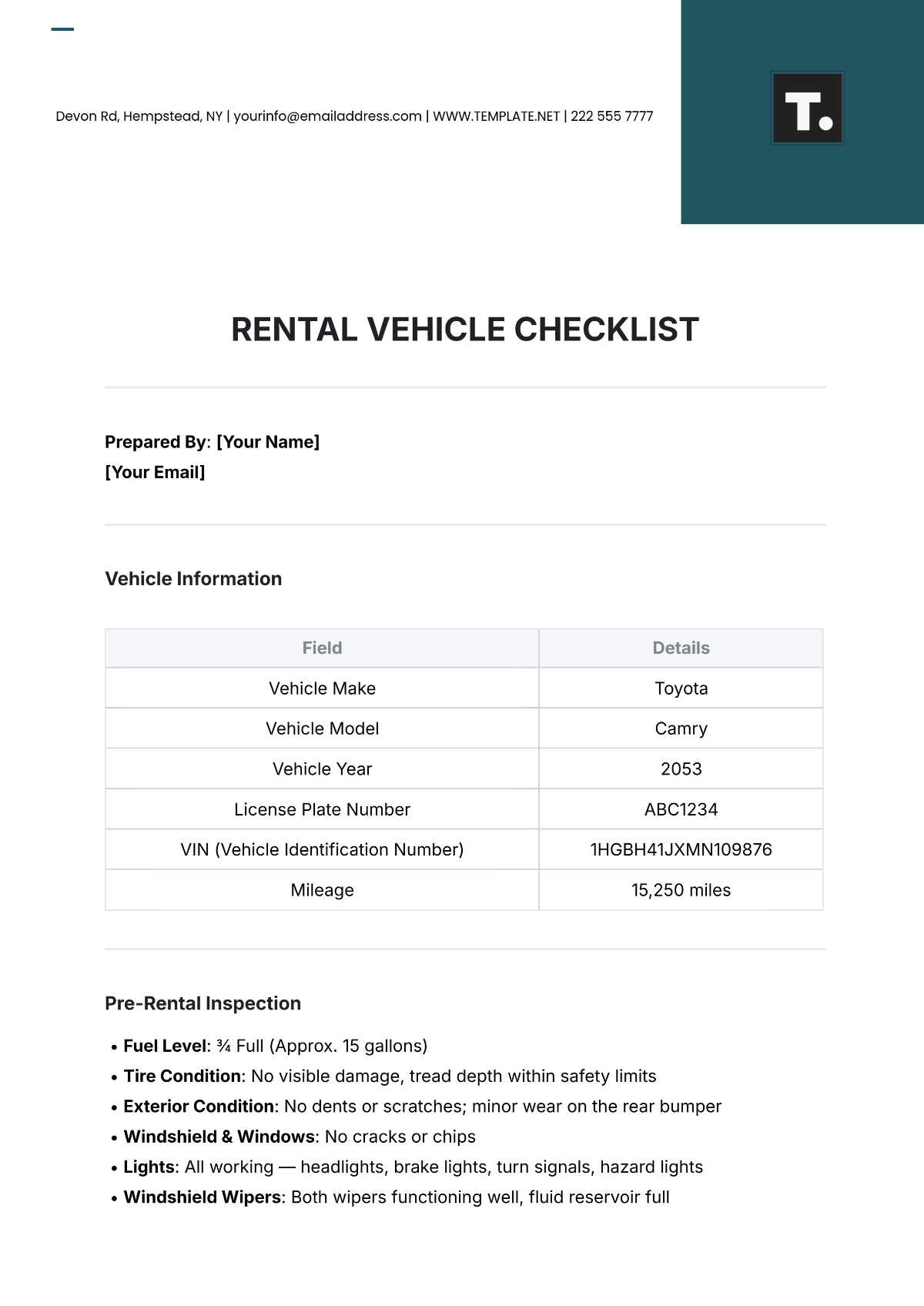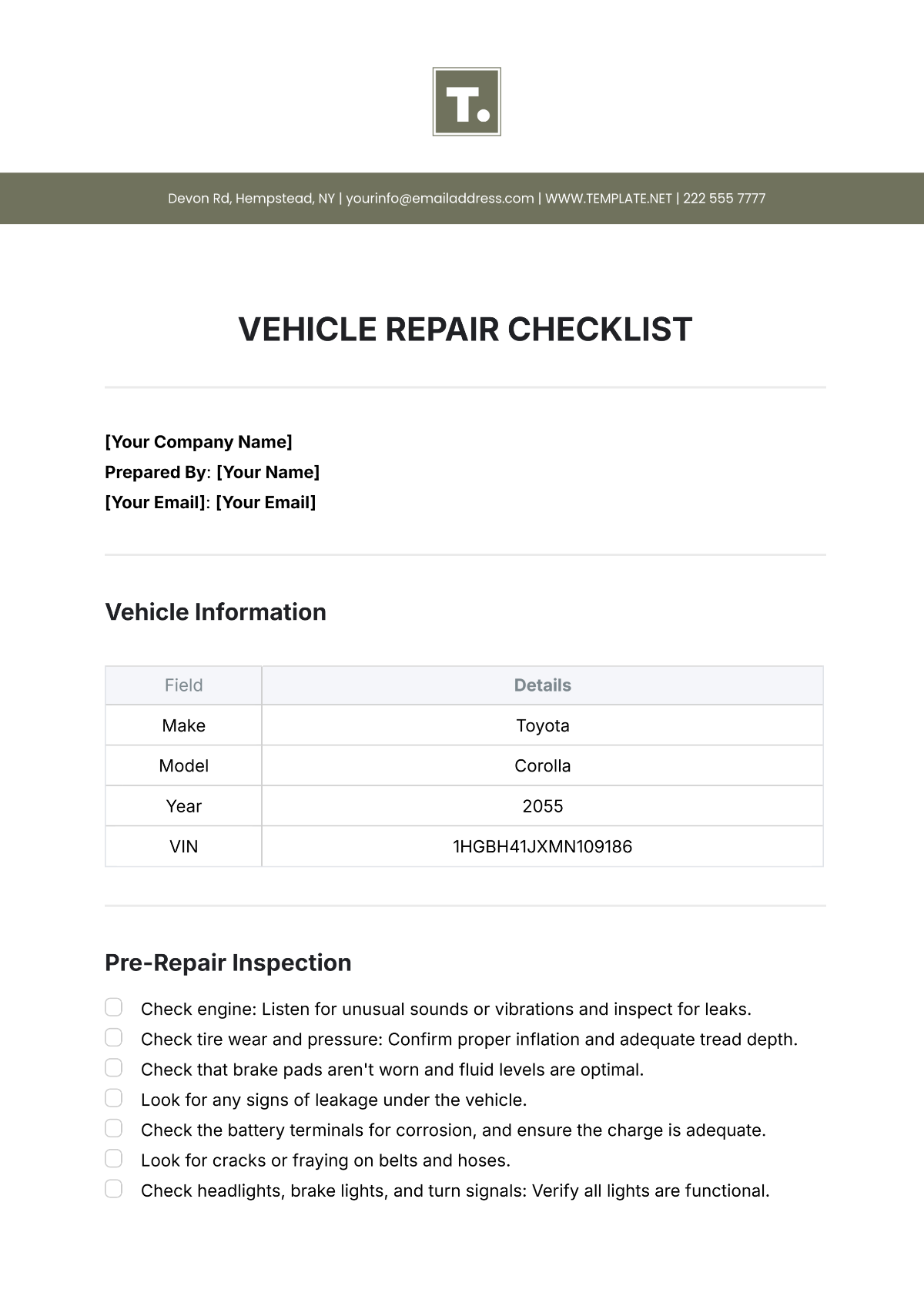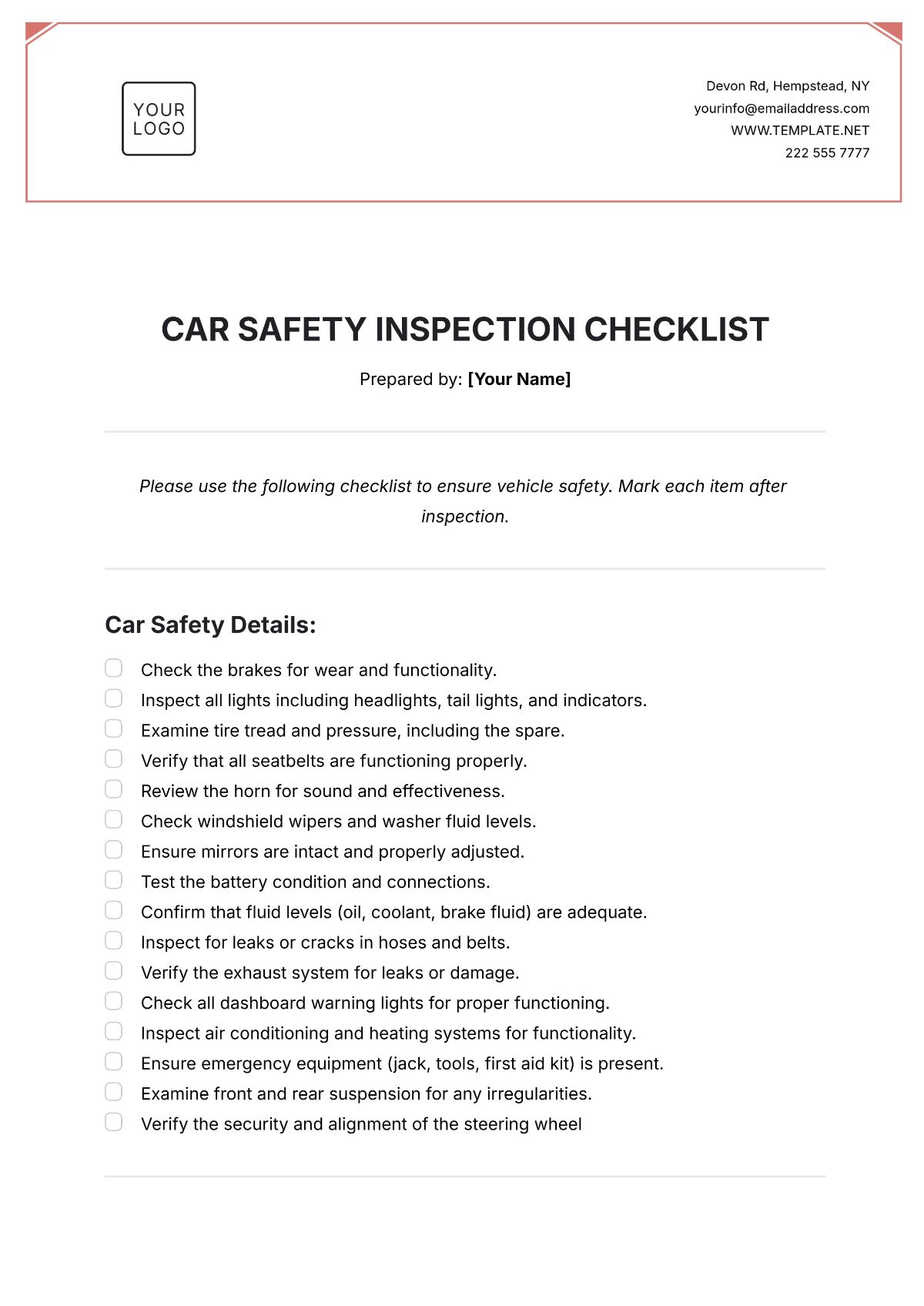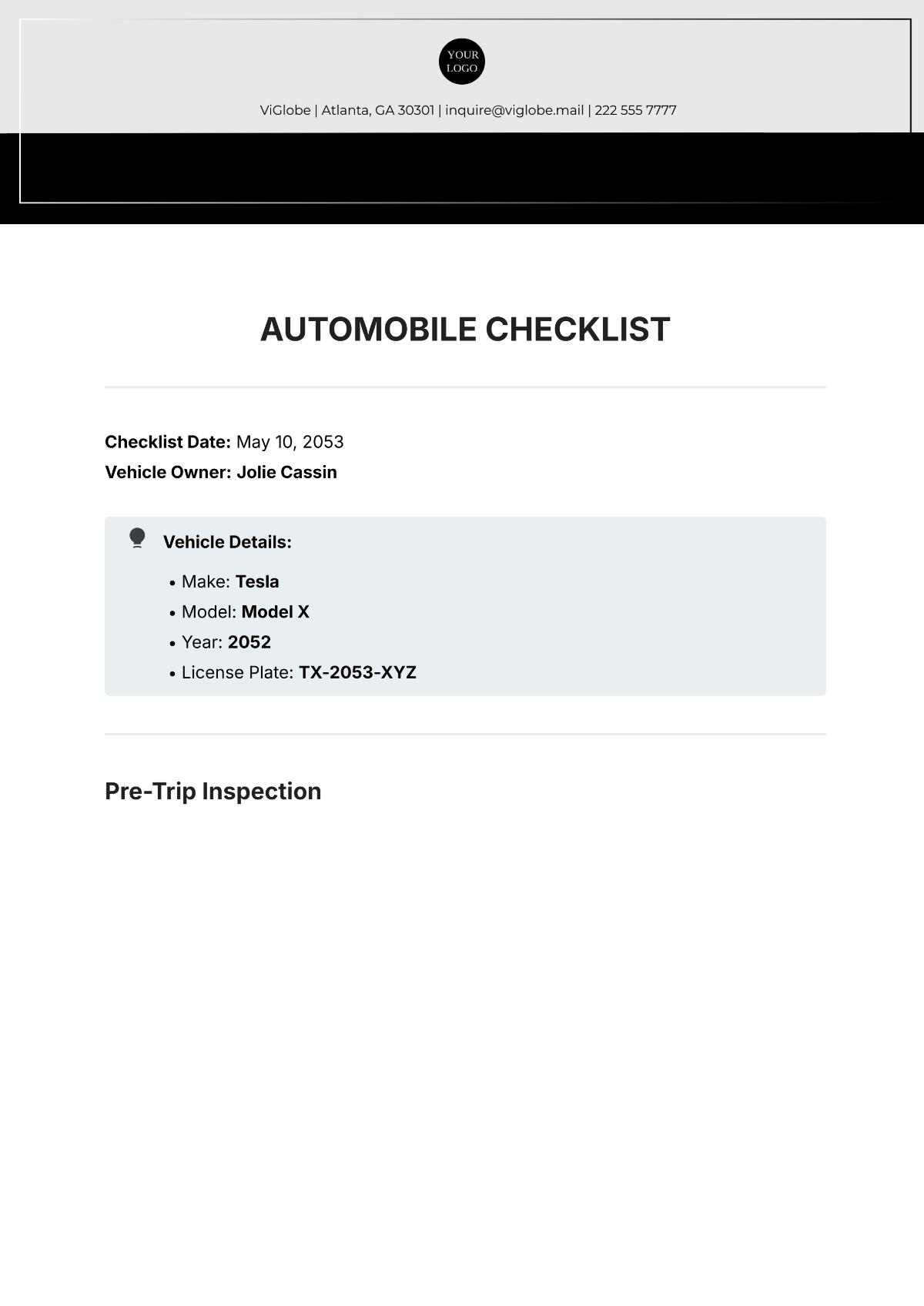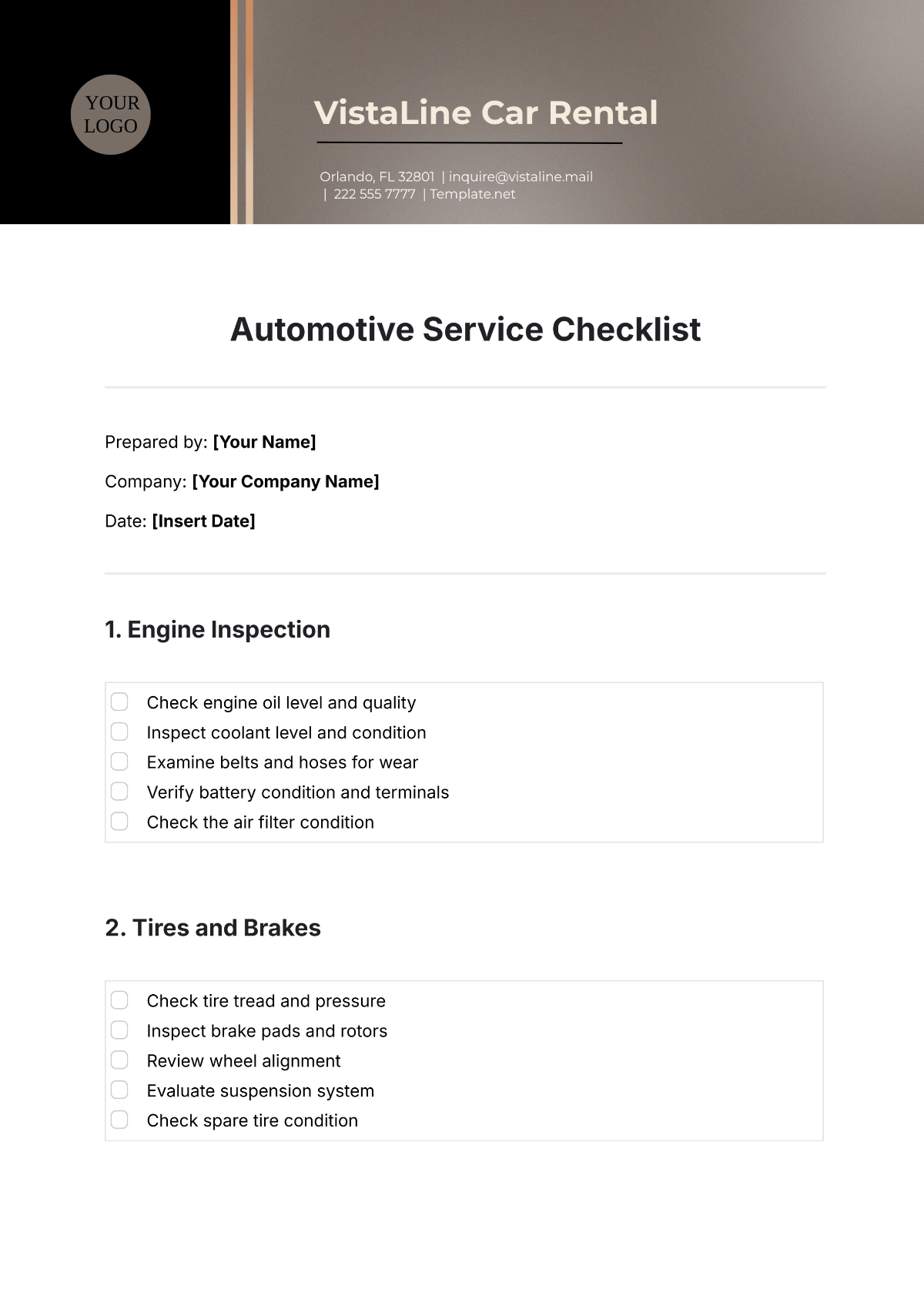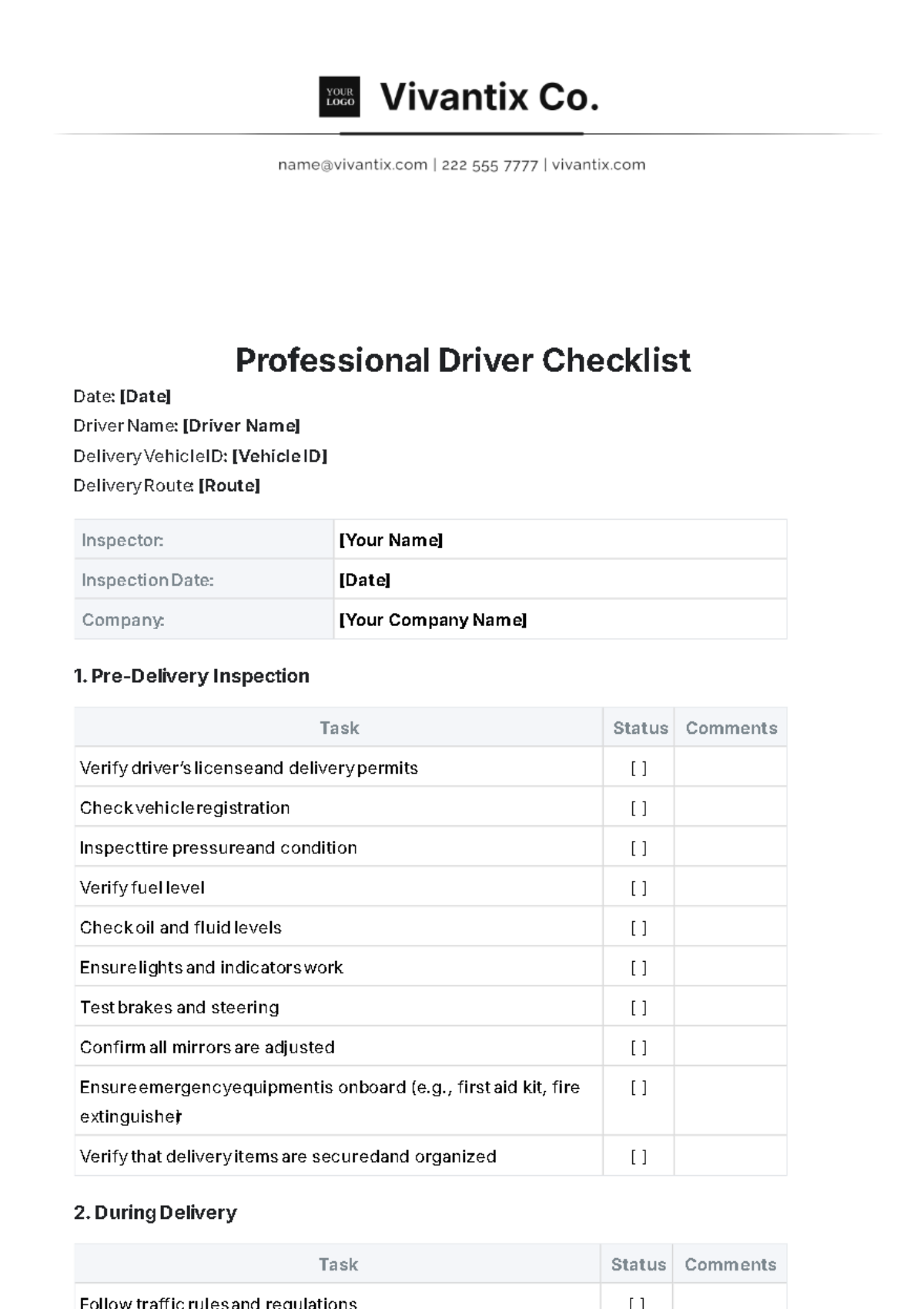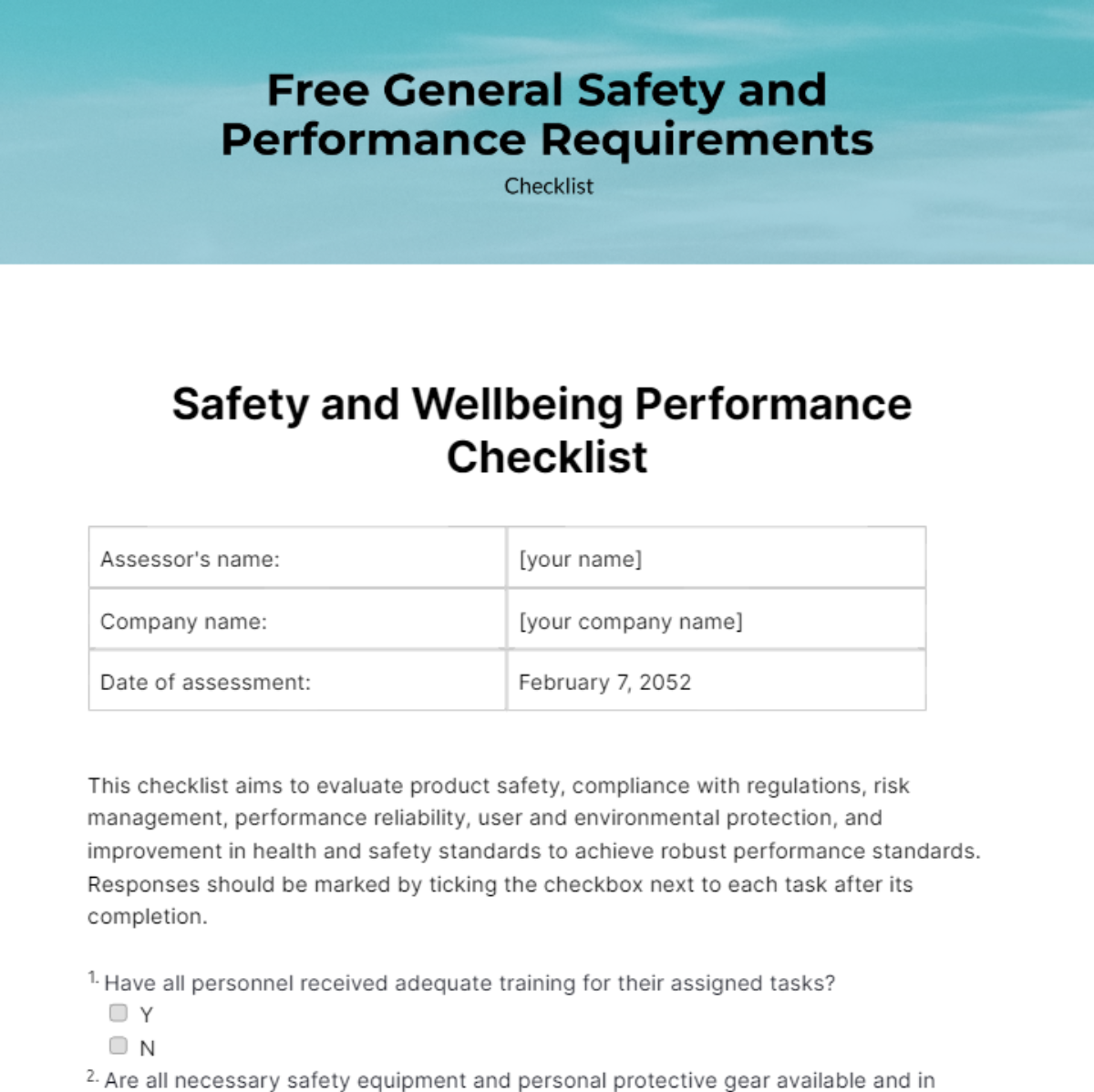Building Checklist
Date: May 20, 2055
[Your Name]
[Your Company Name]
Purpose:
Ensure the safety of personnel and the public during building demolition activities by adhering to strict safety protocols.
Site Preparation:
Verify necessary demolition permits.
Secure the site with fencing and warning signs.
Disconnect and seal utilities.
Structural Assessment:
Conduct a thorough structural assessment by a qualified engineer.
Document and communicate structural weaknesses or unexpected issues.
Establish exclusion zones based on the assessment.
Equipment Inspection:
Inspect demolition equipment for proper functioning.
Check safety features and operator certifications.
Personal Protective Equipment (PPE):
Ensure workers wear appropriate PPE, including hard hats and safety glasses.
Provide respiratory protection if hazardous materials are present.
Communication:
Establish clear communication systems for all personnel.
Designate a safety officer for communication and emergency response.
Emergency Procedures:
Develop and communicate emergency evacuation procedures.
Provide accessible first aid kits and fire extinguishers.
Ensure personnel are familiar with emergency exits and assembly points.
Environmental Considerations:
Implement dust control measures.
Properly dispose of hazardous materials.
Consider noise and vibration control.
Public Safety:
Establish a safe perimeter.
Communicate the demolition schedule to neighbors.
Coordinate with local authorities for traffic management.
Debris Management:
Plan proper disposal and recycling of debris.
Use appropriate containers and labels for hazardous materials.
Minimize dust and debris spread beyond the worksite.
Post-Demolition Inspection:
Conduct a post-demolition inspection to ensure a hazard-free site.
Verify removal of all debris and secure the site.
Adapt this checklist to specific project requirements and comply with local regulations. Regular safety meetings and ongoing training are crucial for a safe working environment.
